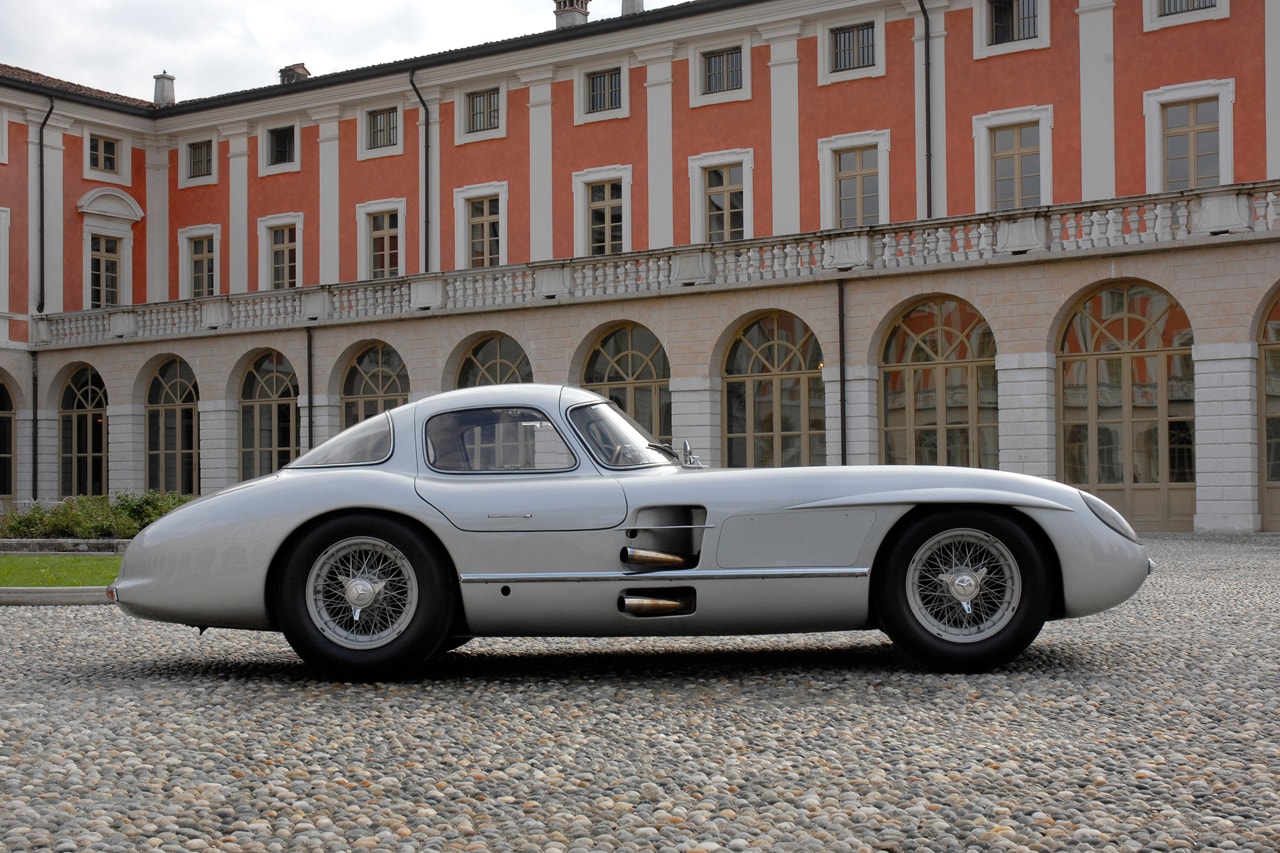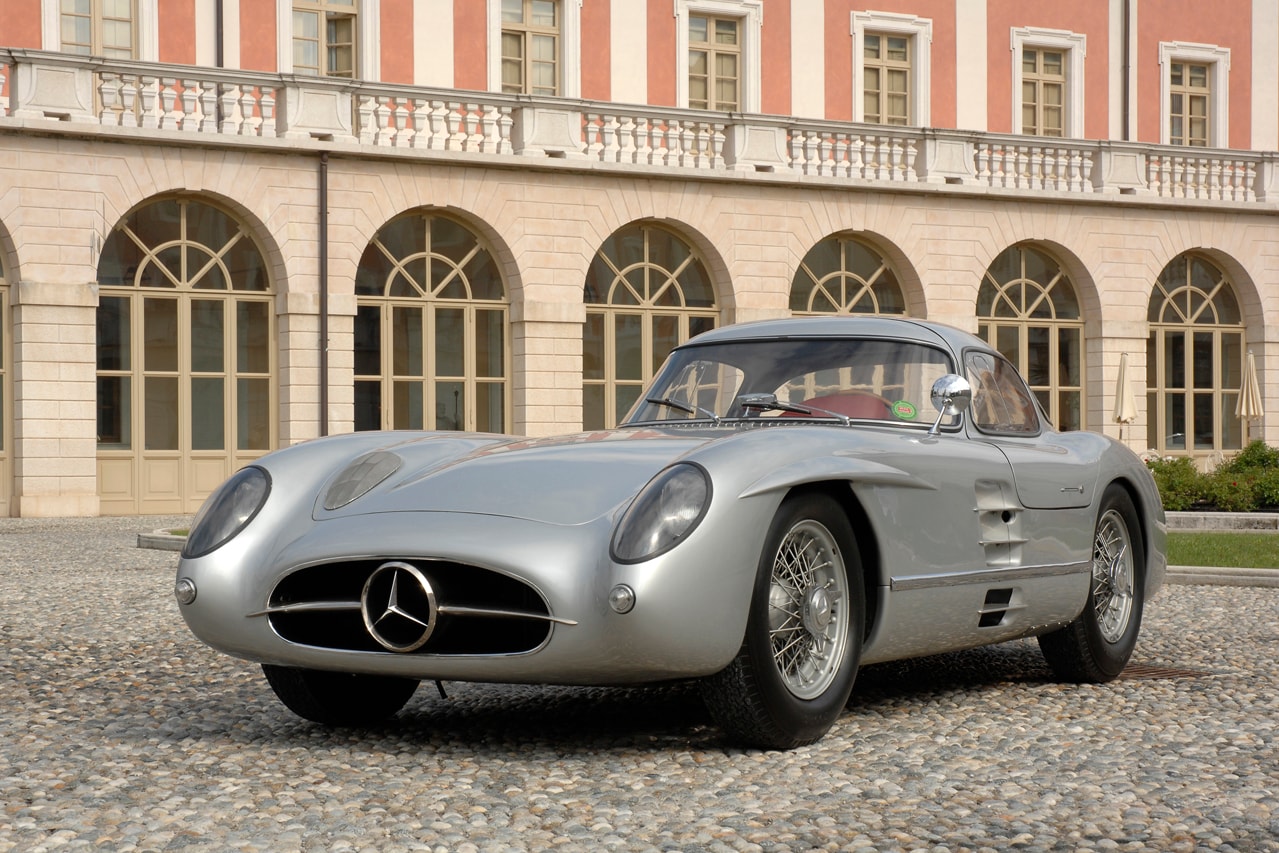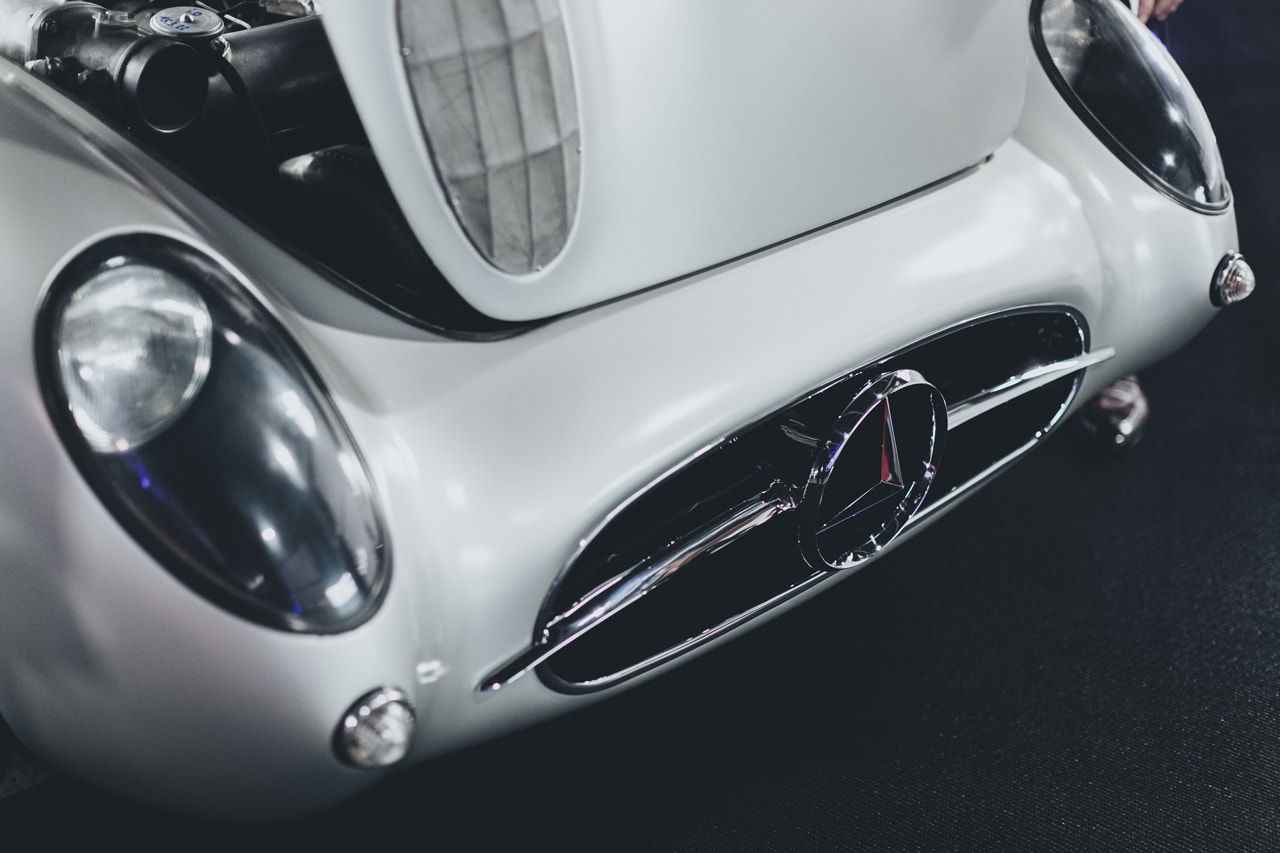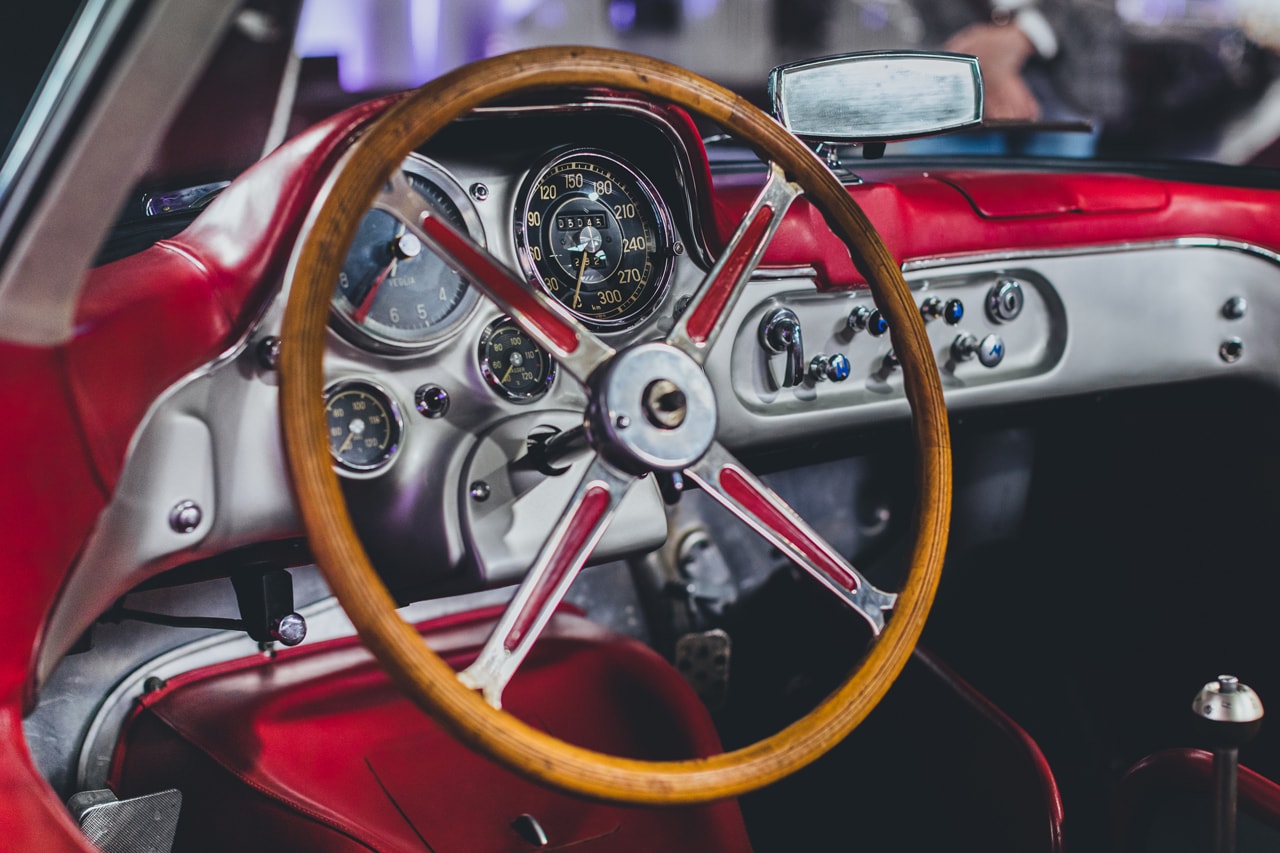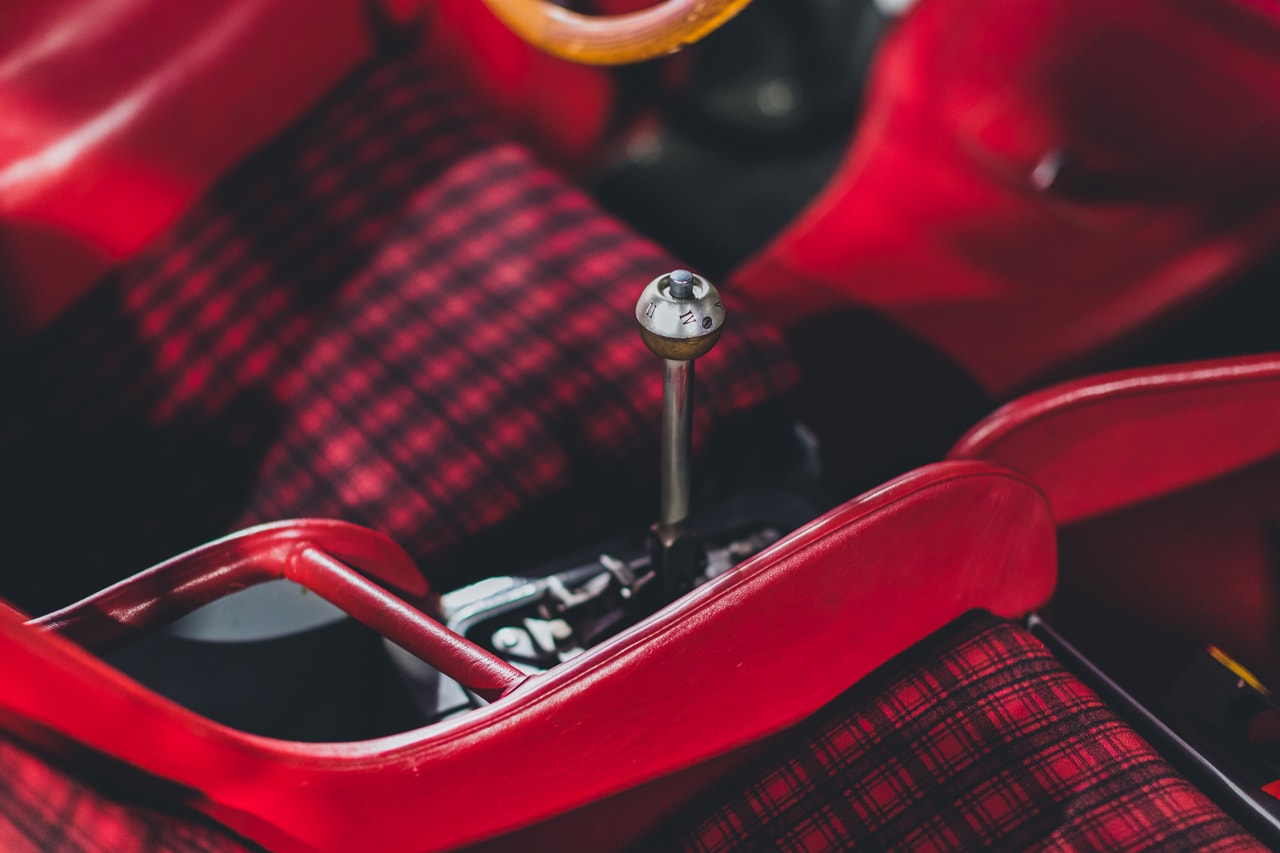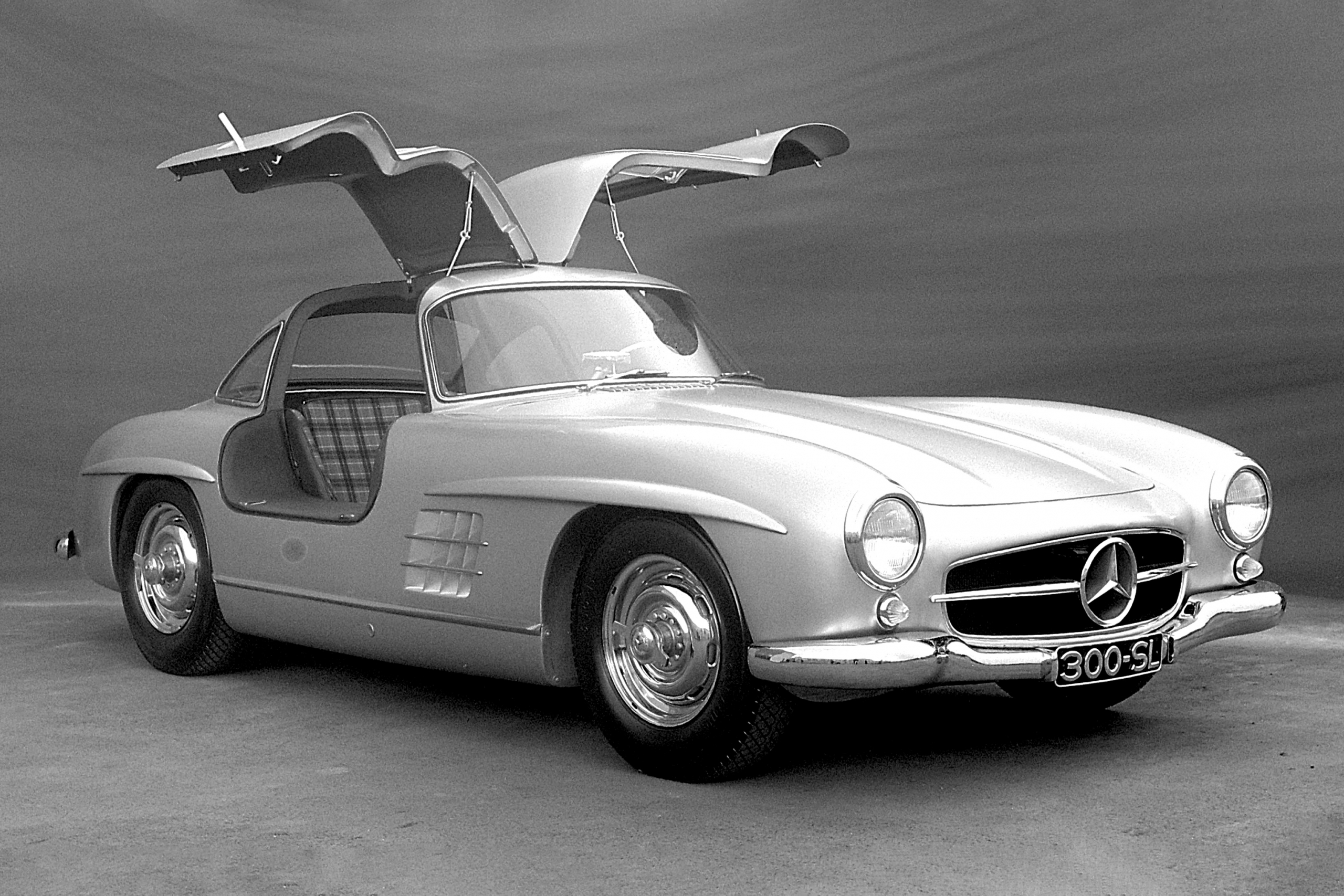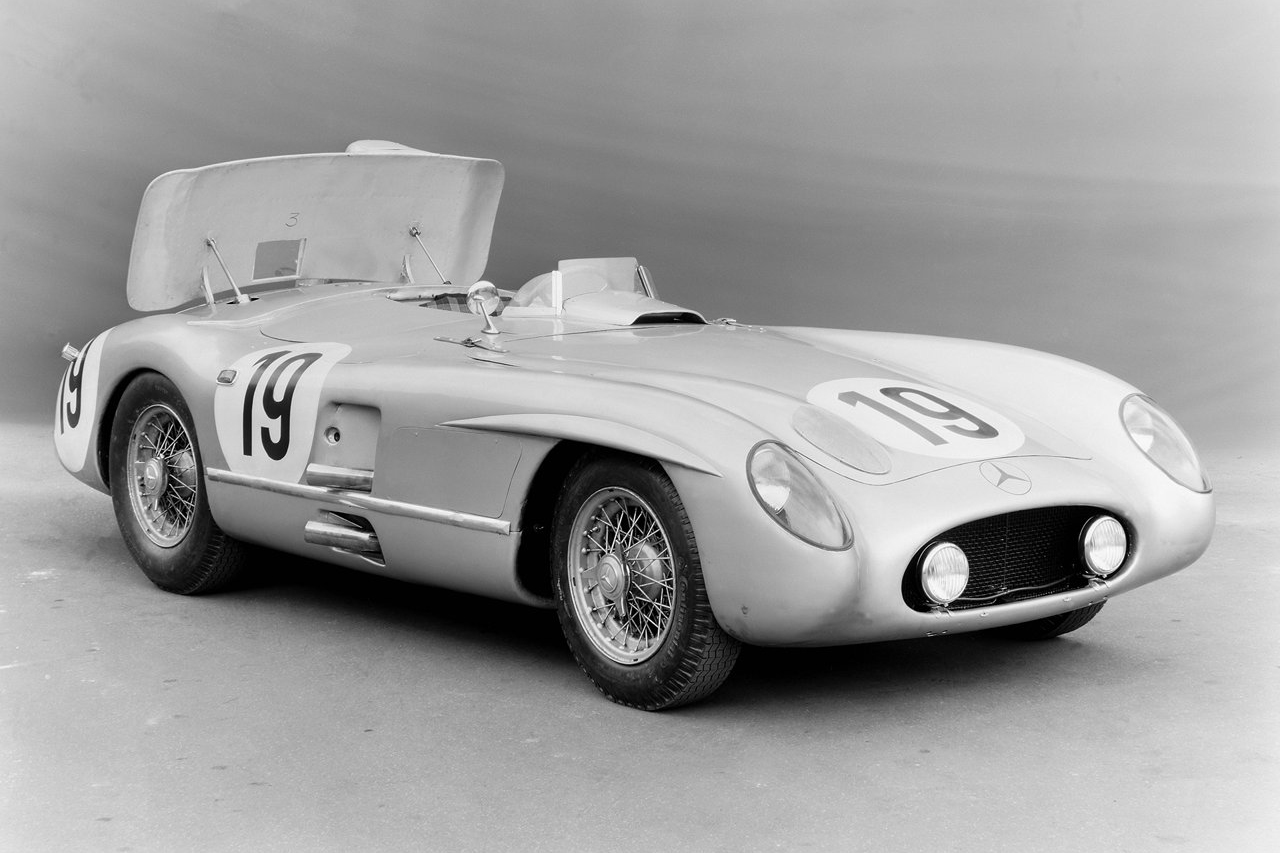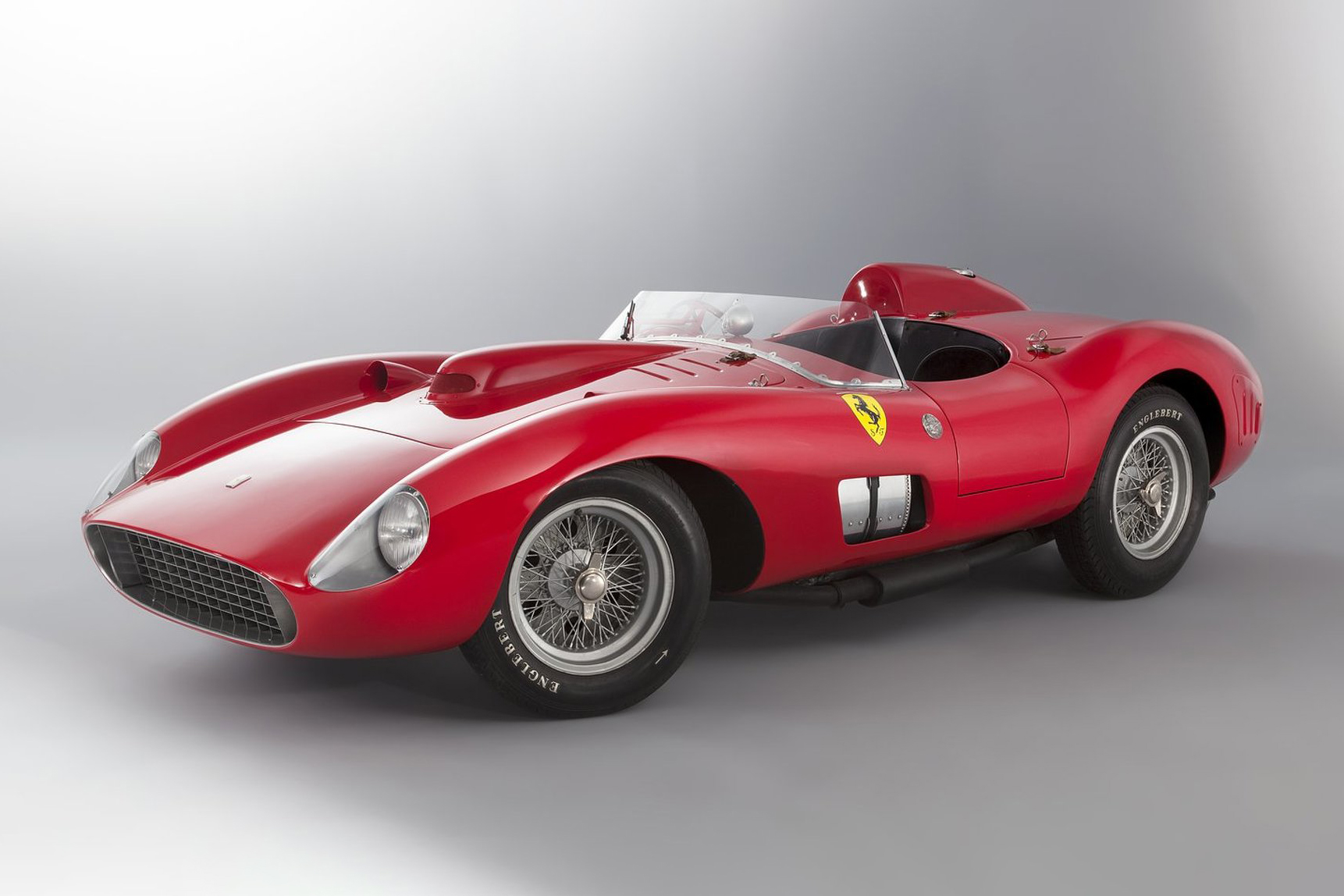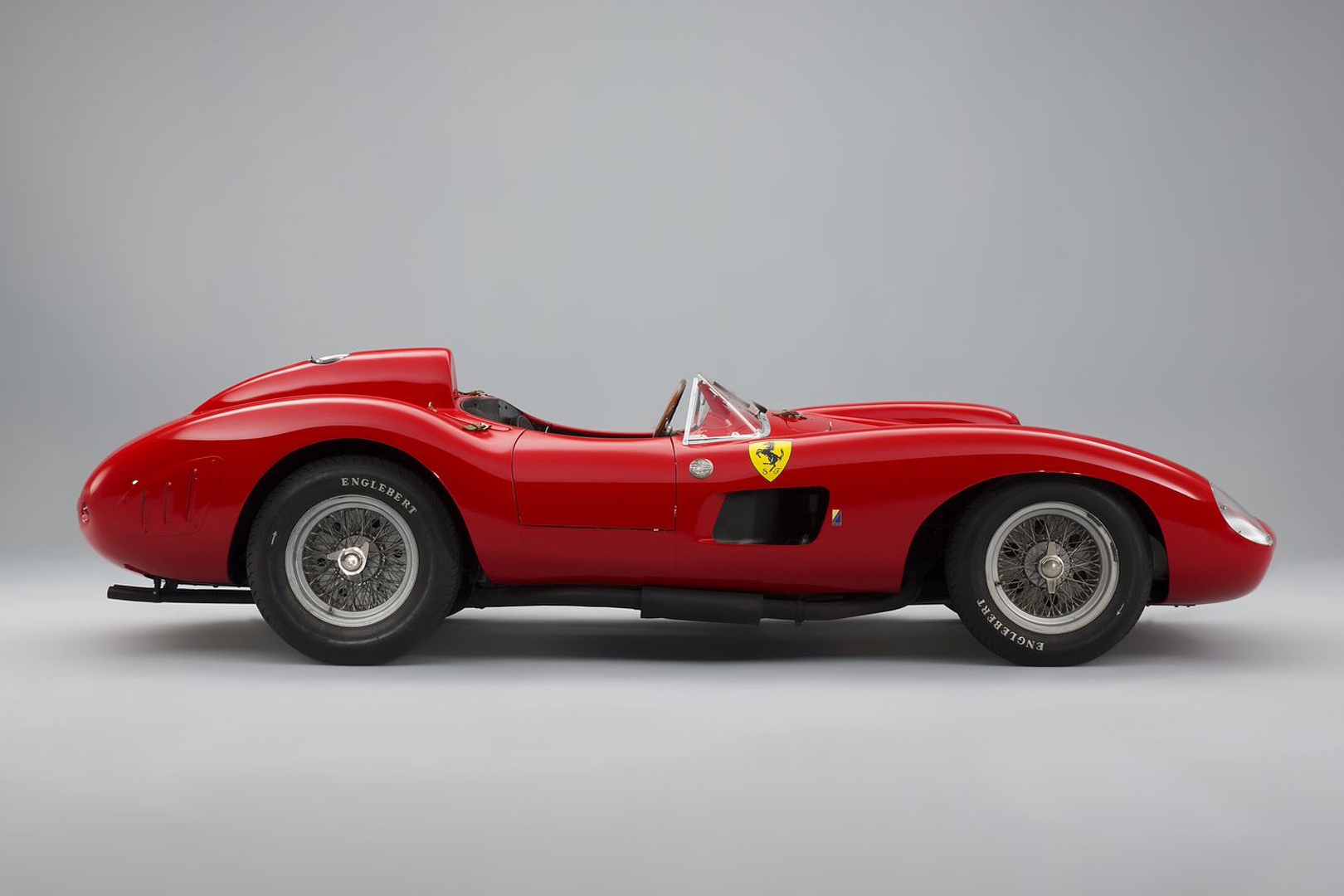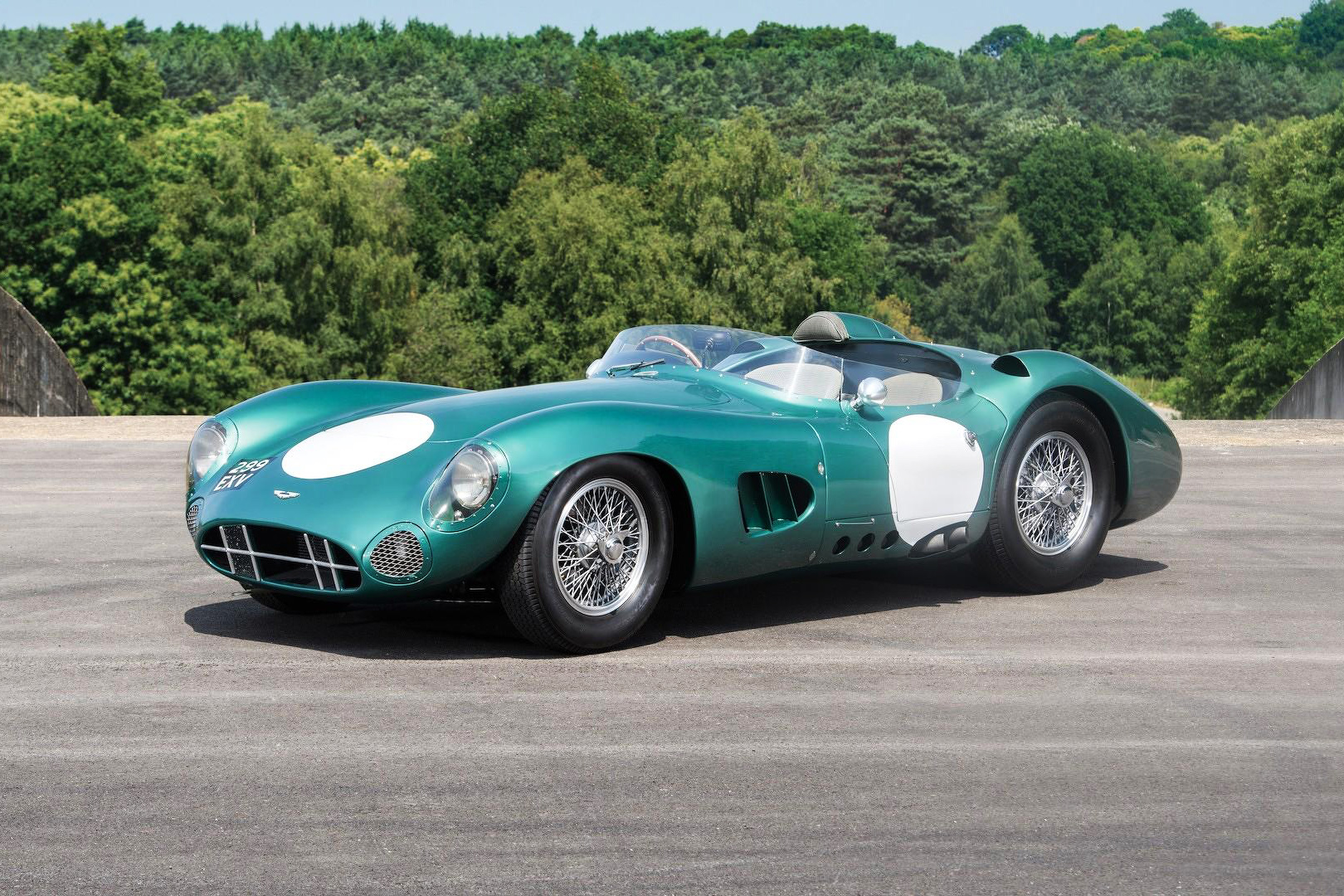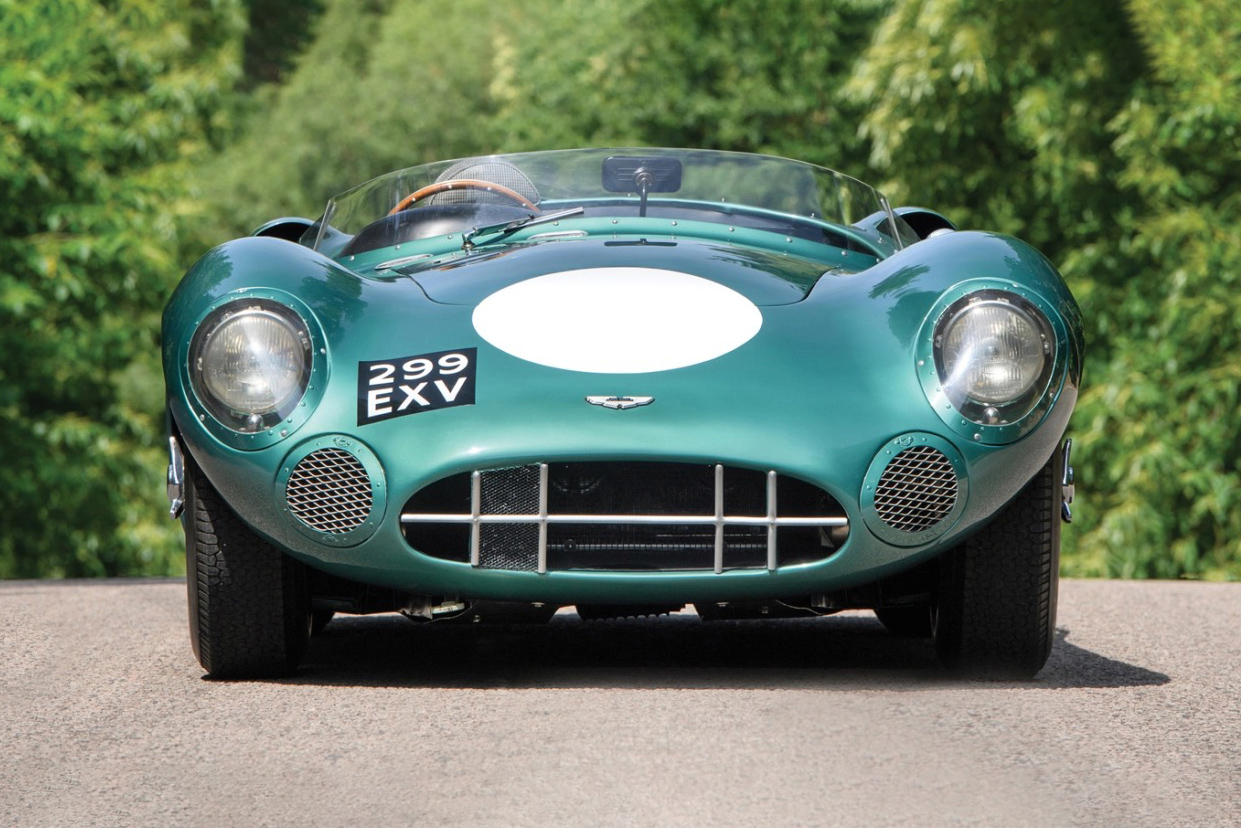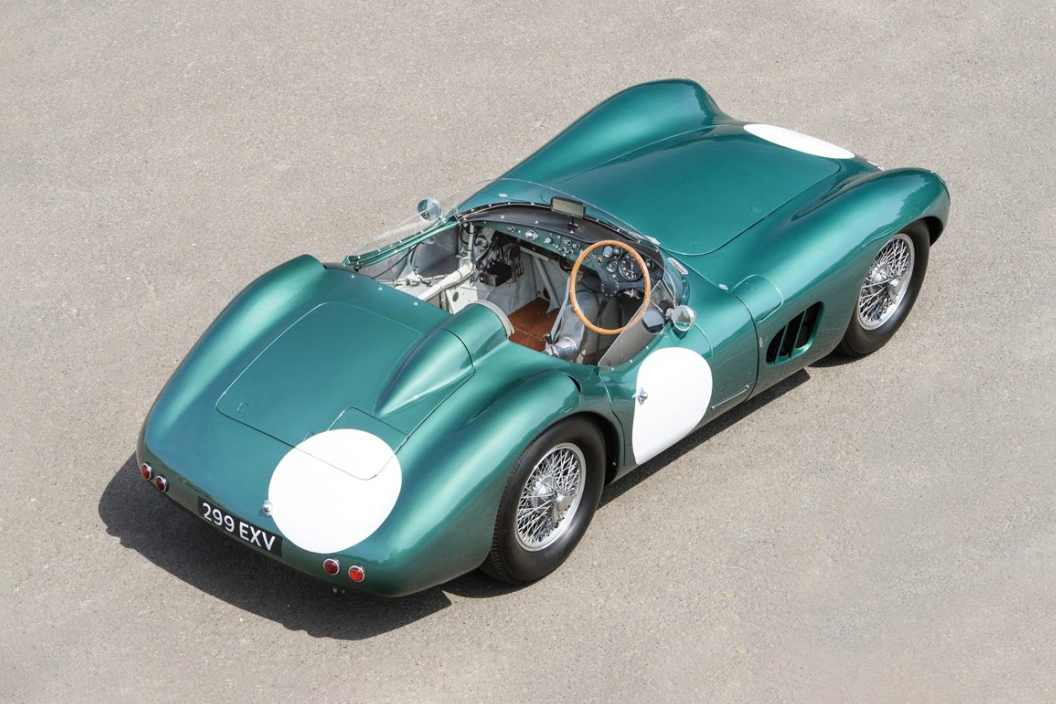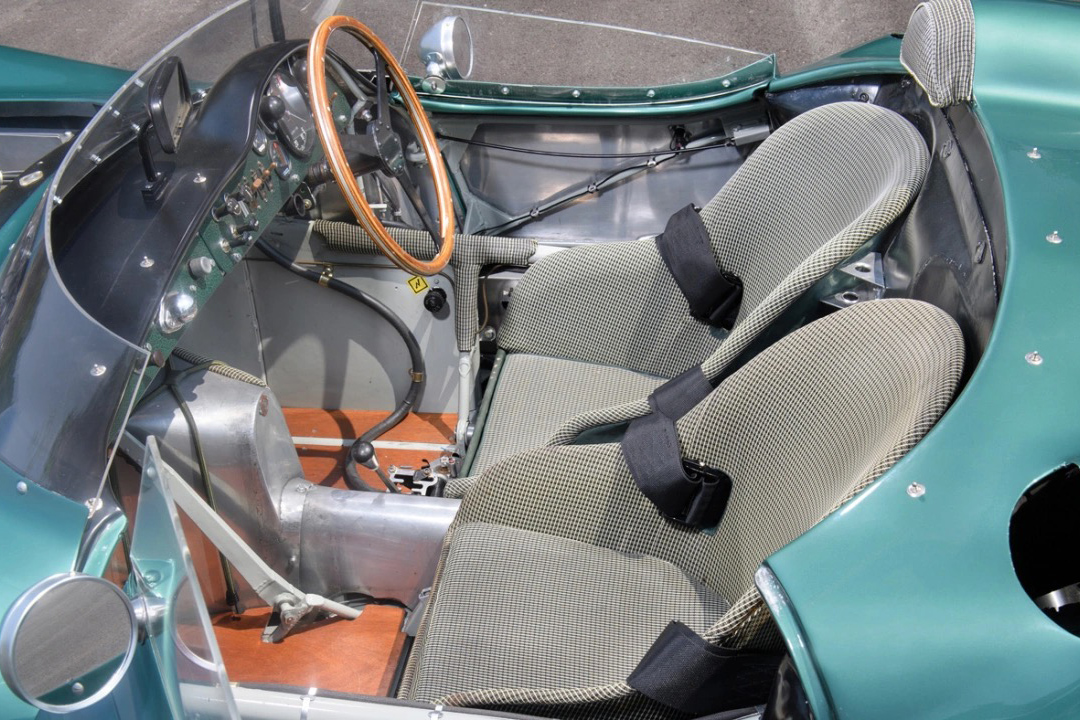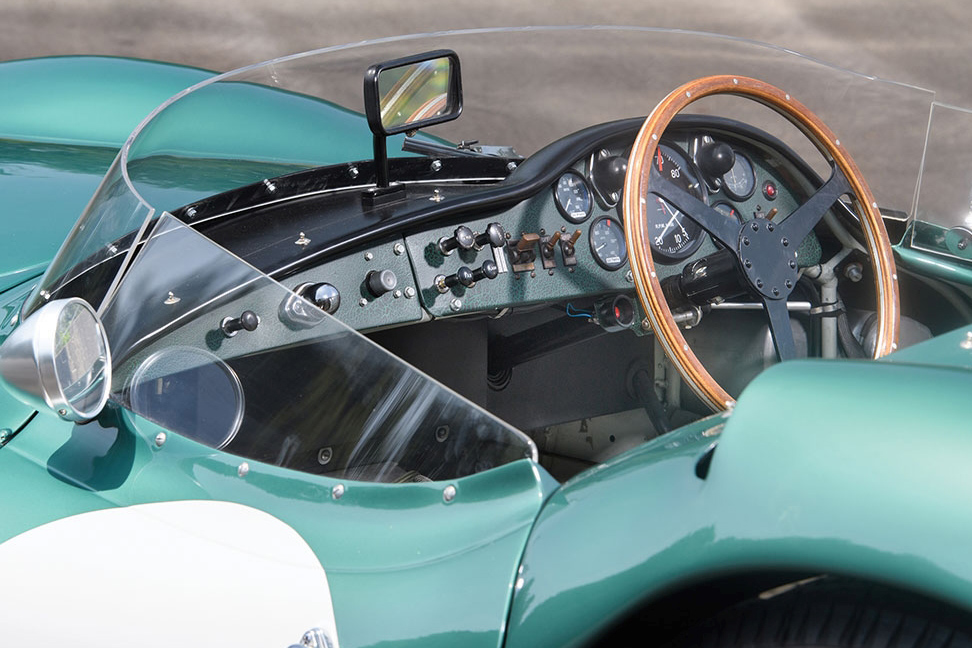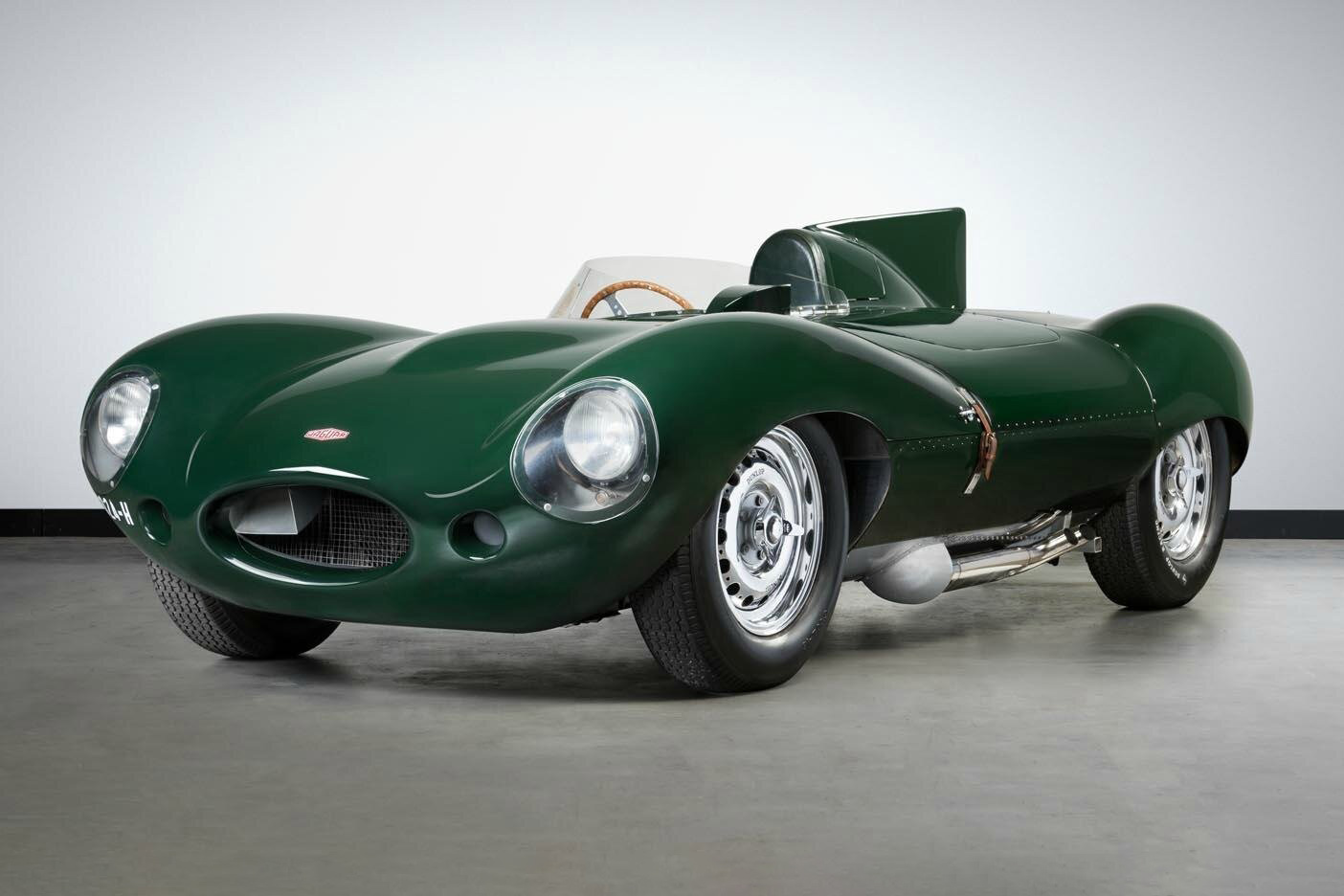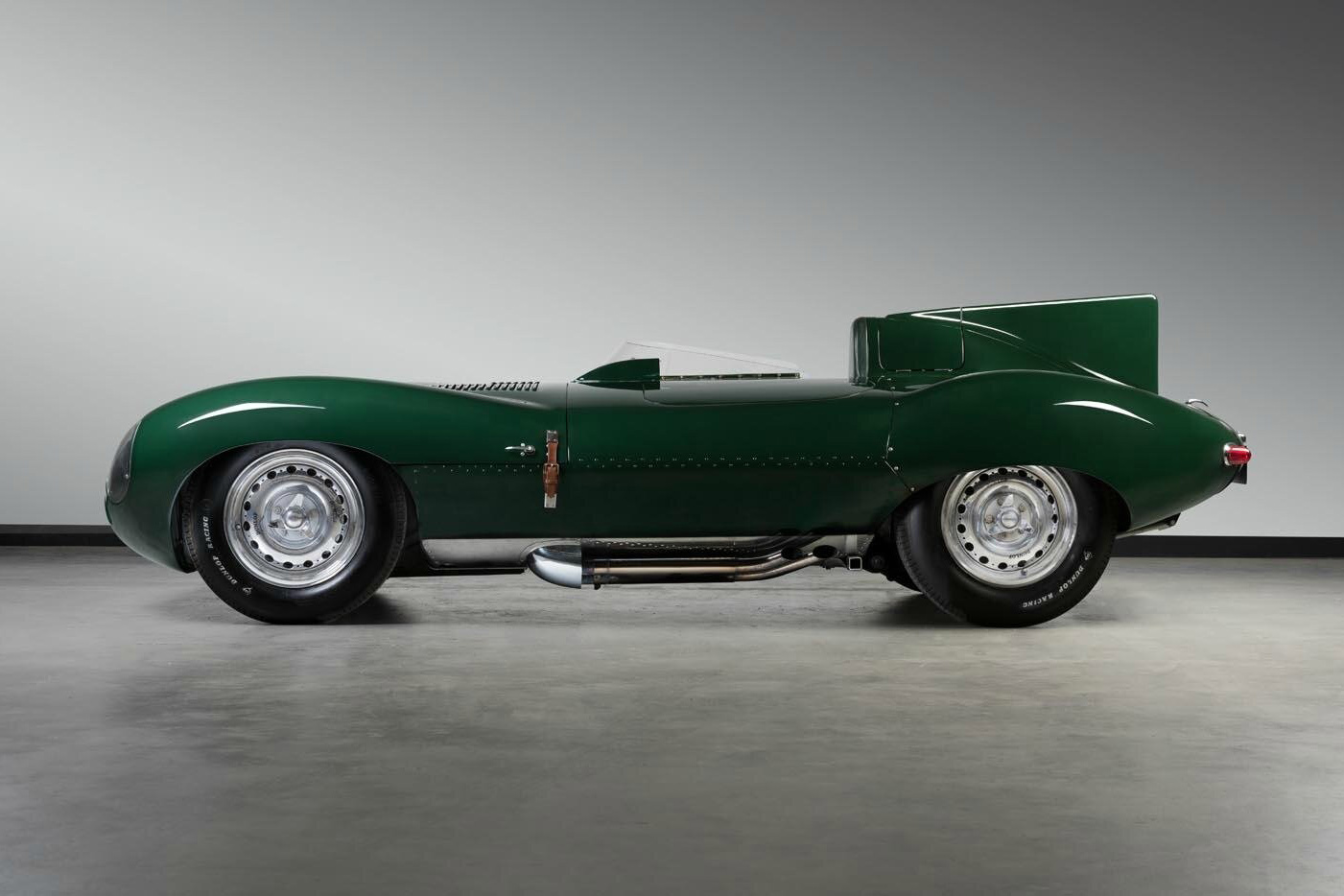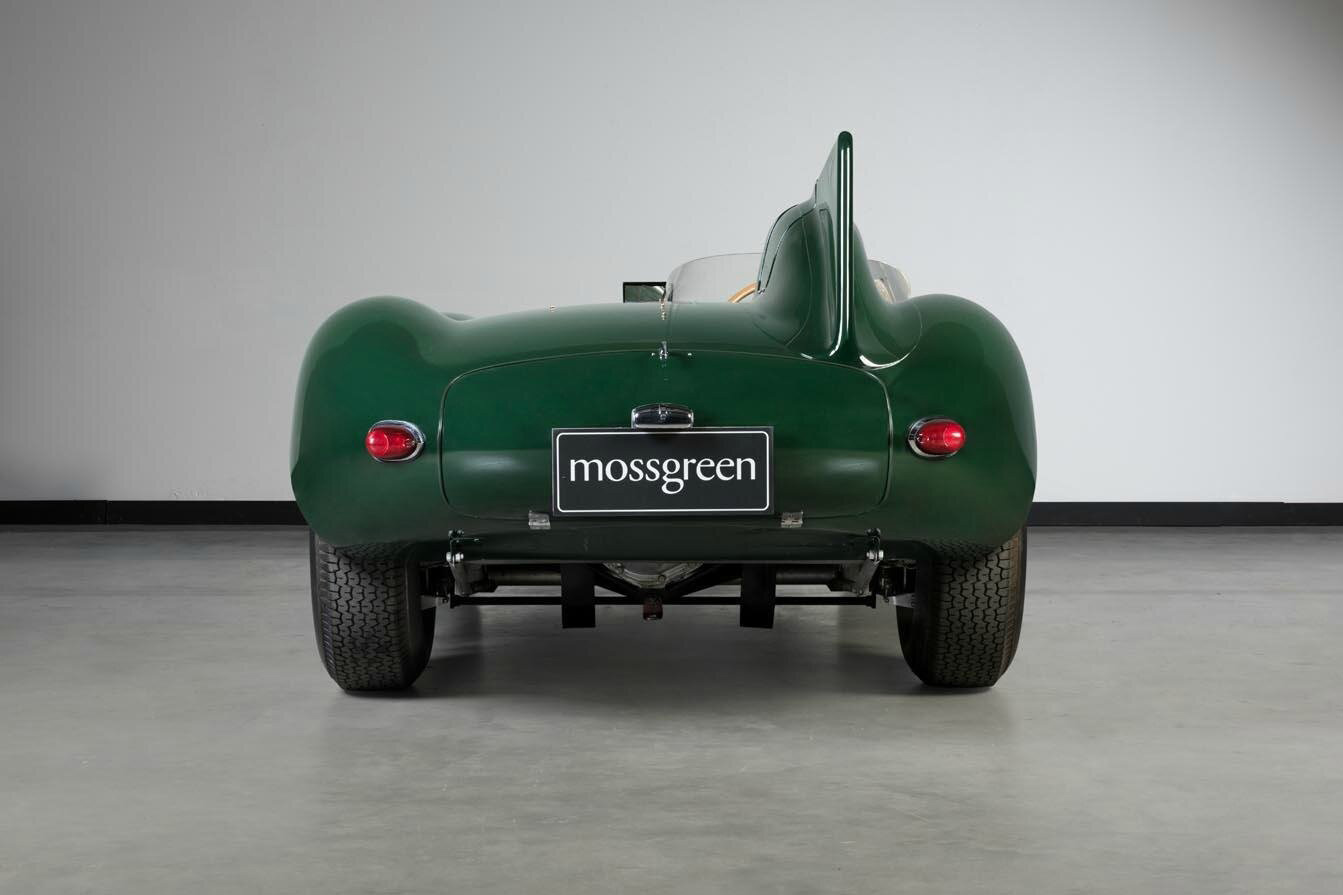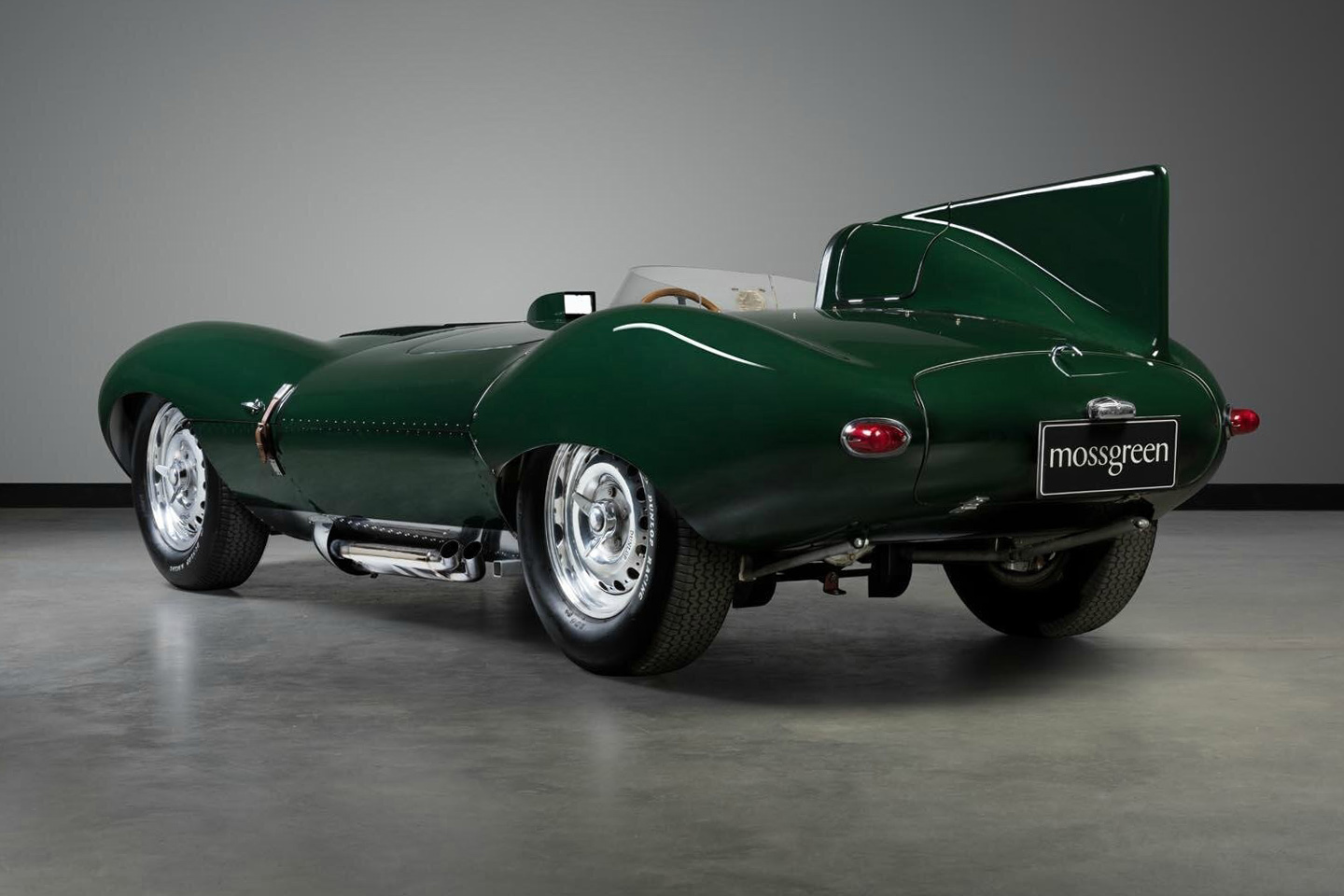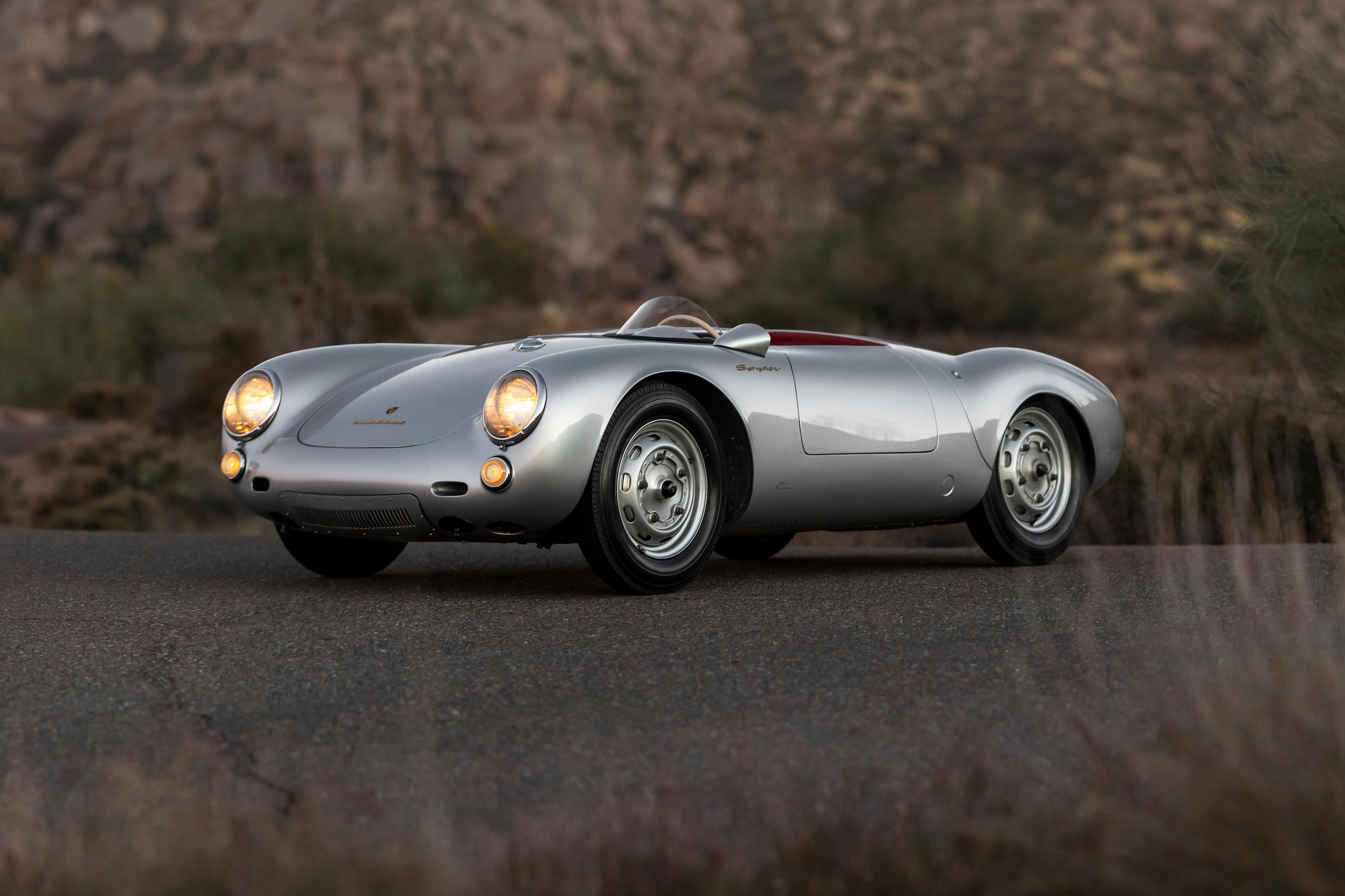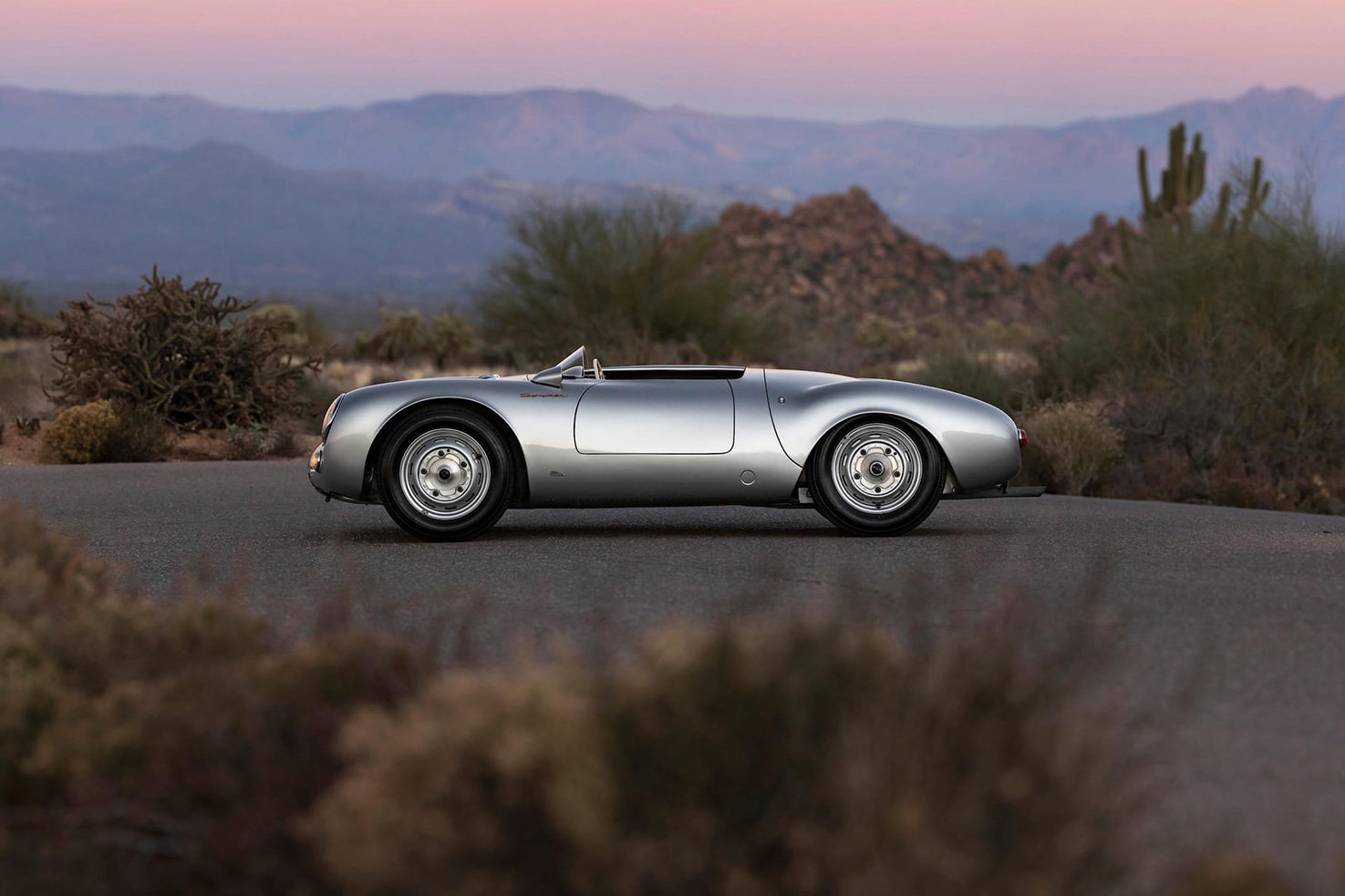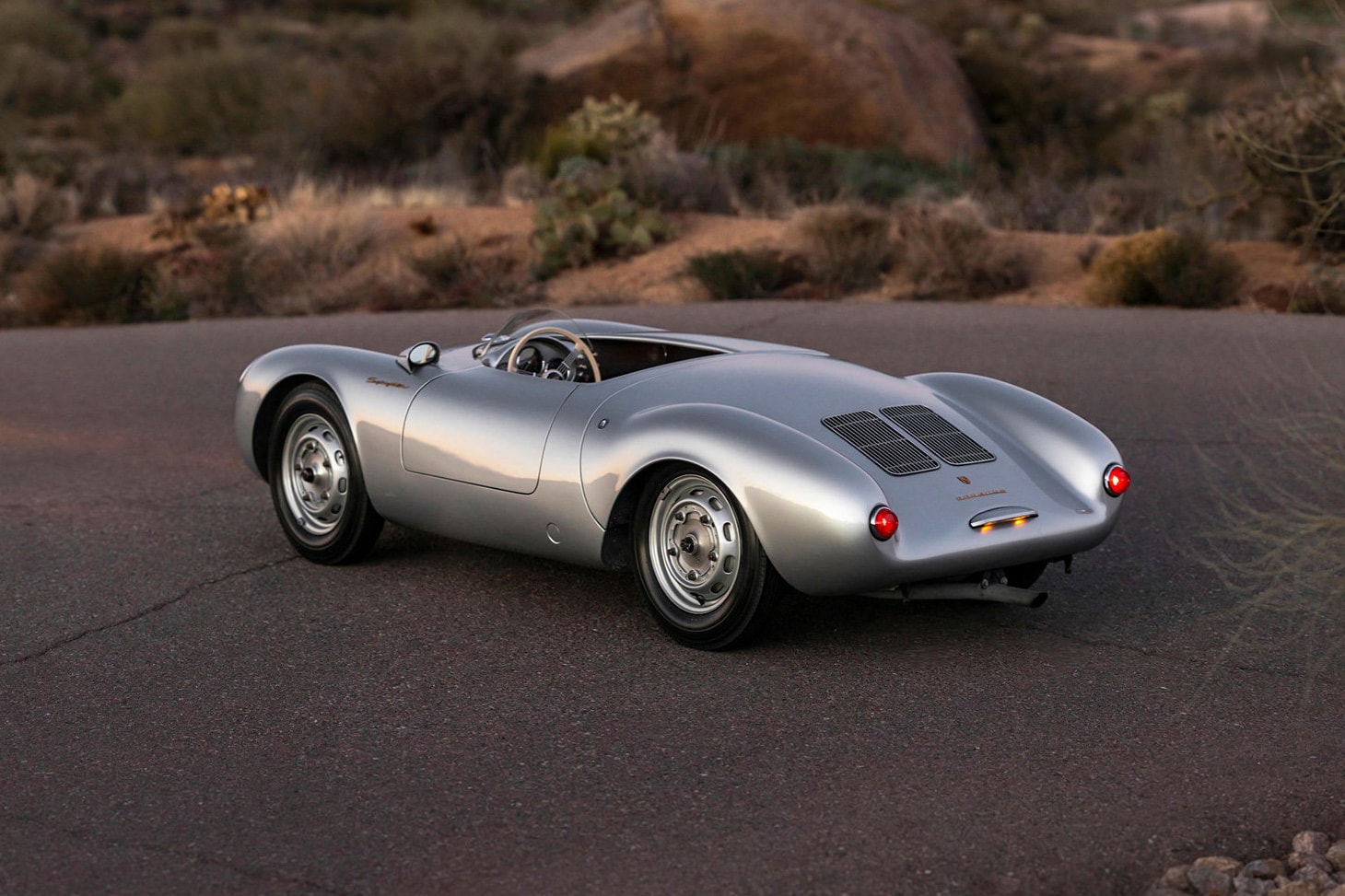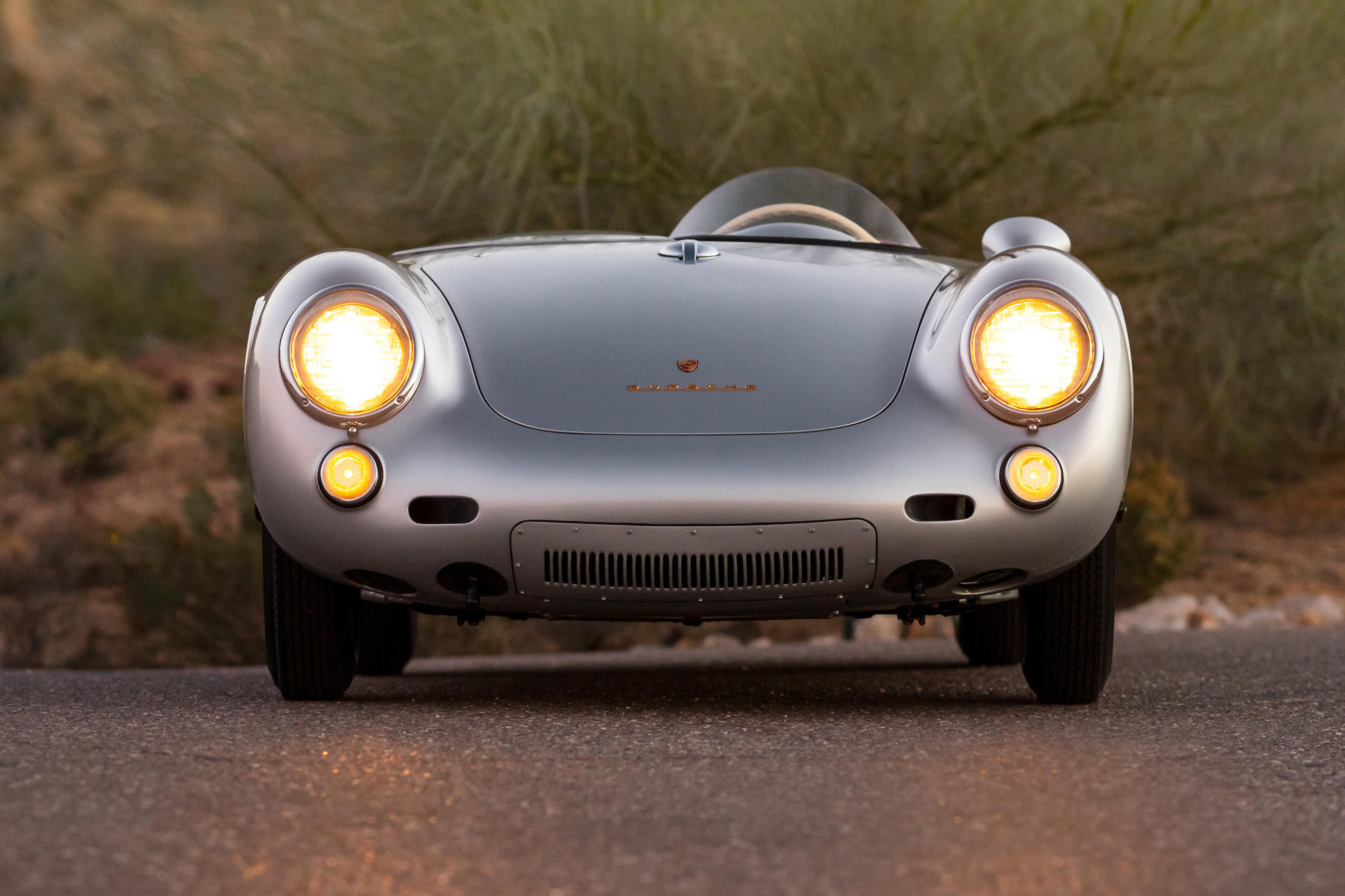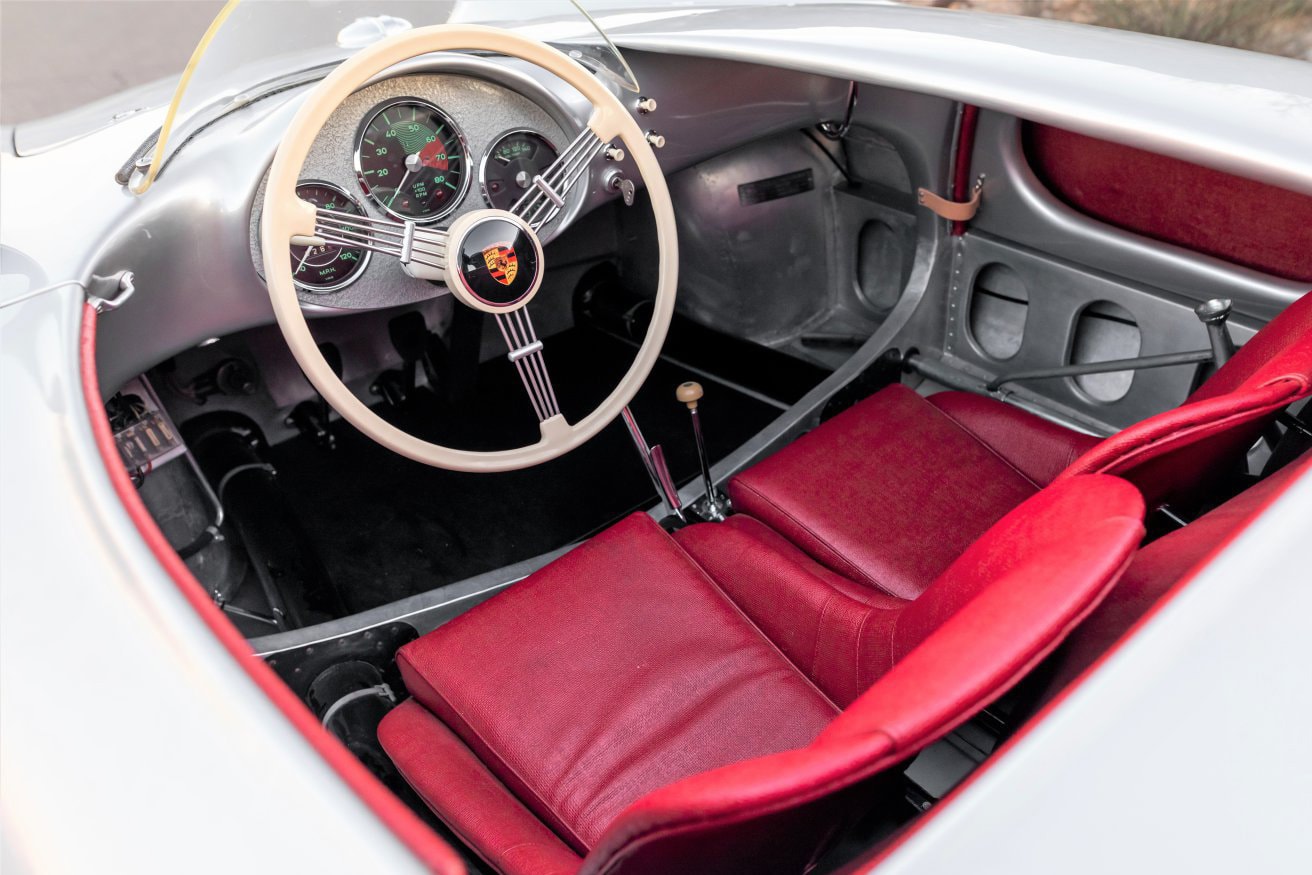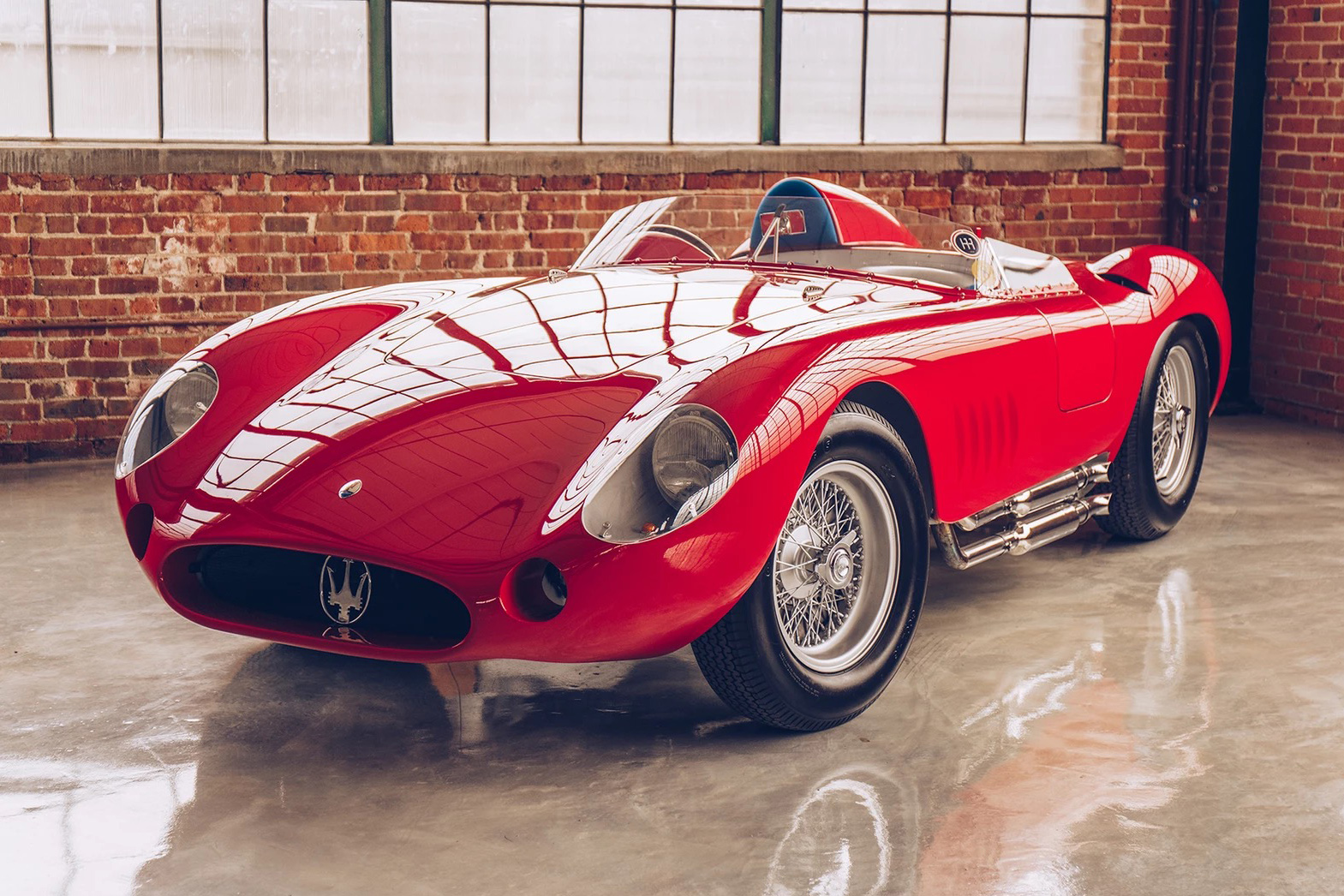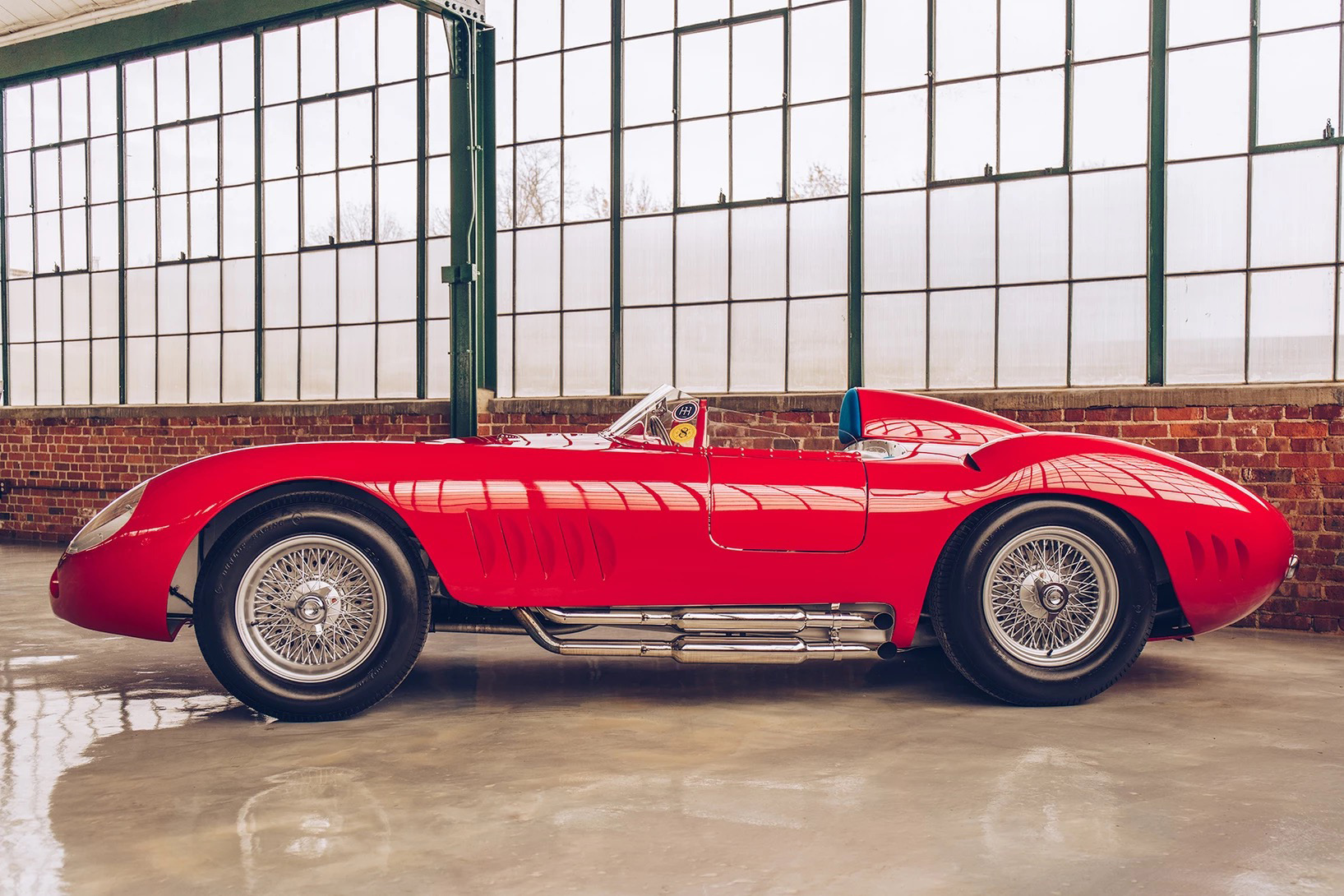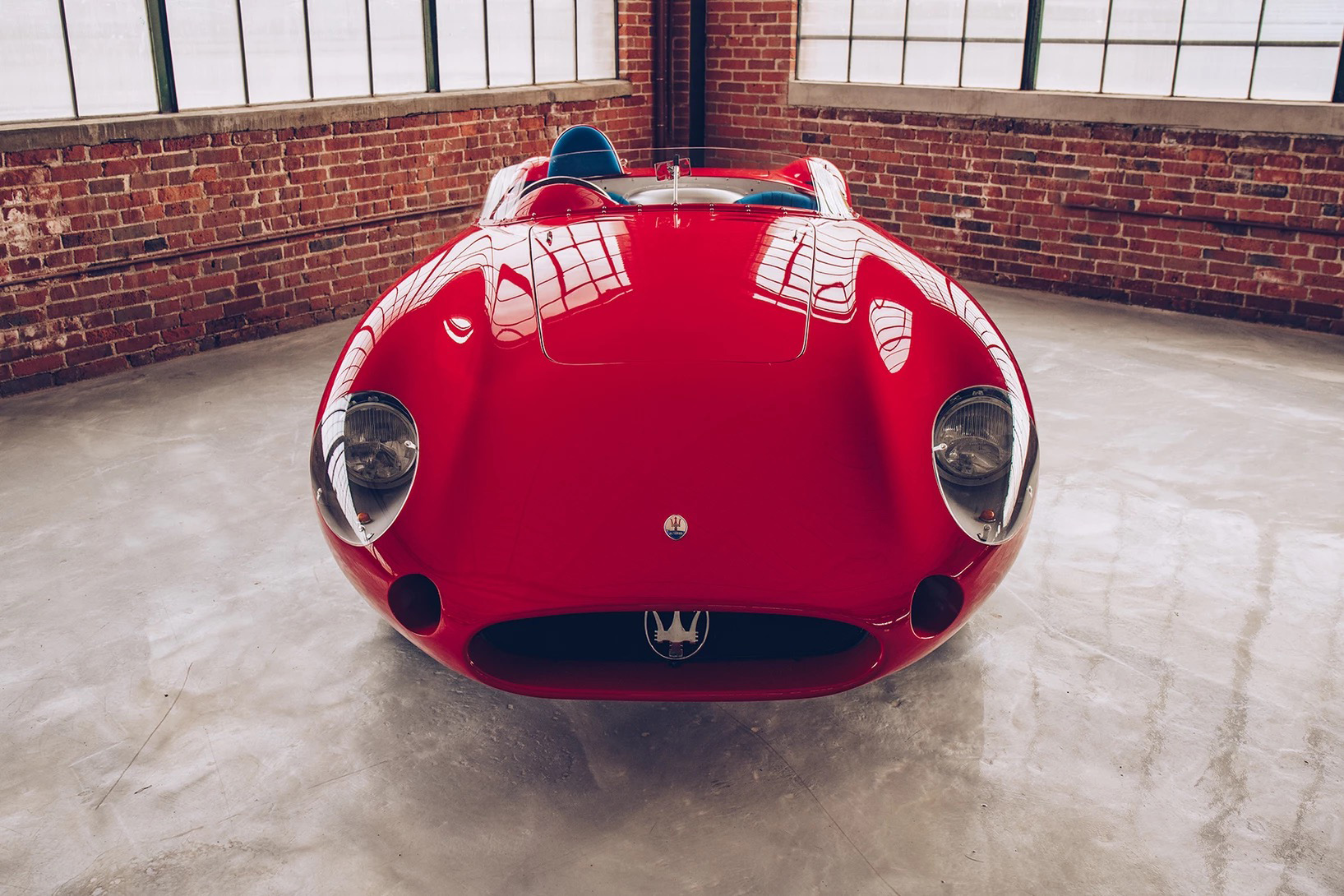A rare 1955 Mercedes-Benz 300 SLR Uhlenhaut Coupé fetched around $142 million at a secret auction at the Mercedes-Benz Museum last month, far more than the 2018 Farrari 250 GTO sold at public auction The $48.4 million record set at the meeting was crowned the “most expensive car of all time”.
This is known as the top collection of “Mona Lisa” in the automotive industry. There are only two in the world. The record-breaking one is said to have been purchased by an anonymous buyer represented by a British classic car dealer, Simon Kidston. Official Calling him a “customer who shares the Mercedes-Benz corporate values, and an international car and art collector”. In addition, the official said that the proceeds from the auction of the car will be used to set up the Mercedes-Benz Foundation, which covers global education scholarships, while another 300 SLR Coupé prototype will continue to be kept in the museum collection.
This time, HYPEBEAST will lead you to review the story behind this legendary model and the golden age of sports car design it represents.
The legend of the track banned for the worst crash in history
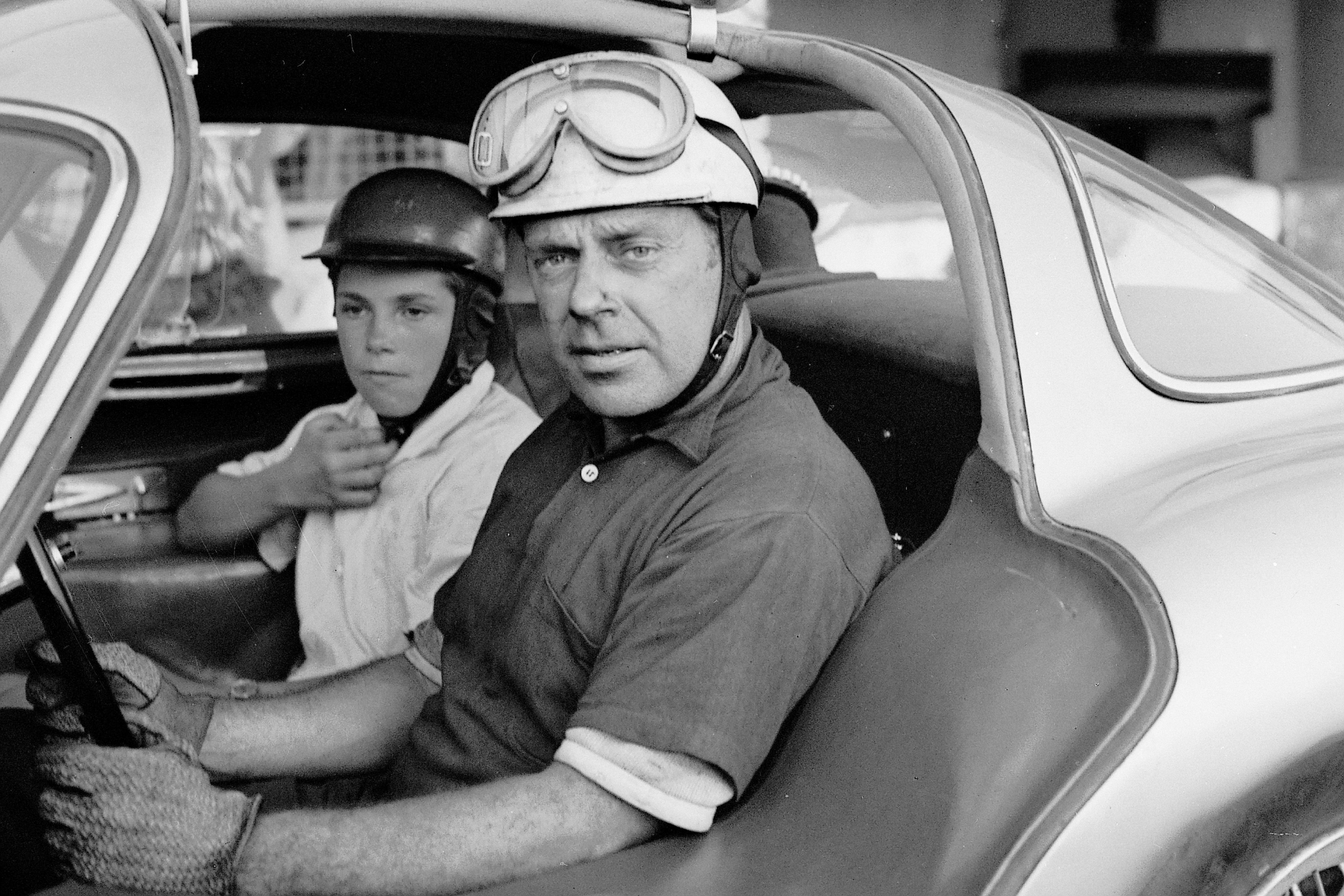
Rudolf UhlenhautMercedes-Benz
The legend about this car starts with the “Uhlenhaut” in its name, which is its designer and chief engineer Rudolf Uhlenhaut. The German engineer, regarded by many as the “father of the Silver Arrow”, officially joined the Mercedes group in 1931 and began to serve as the head of the racing department five years later, helping the team continue to write “The Legend of the Silver Arrow” on the track. “.
Rudolf left the company briefly after World War II, and his first project after his return was to develop the 300 SL Racecar (W194), which was not only invincible on the track, but also built a street car version of the 300 SL Gullwing (W198) based on this, which will be used in the original The gull-wing door design on the racing car entered the civilian market and is still regarded by many fans as “the most beautiful sports car of the century”.
With his fascination and passion for motorsport, the hands-on Rudolf slowly helped the Mercedes racing division to dominate top events such as F1 and the European Championship. In 1955, Rudolf decided to transform the legendary racing car W196, which won the F1 championship for two consecutive years, and thus gave birth to the protagonist of the story, the 300 SLR (W196S).
Rudolf modified the frame based on the W196 and replaced it with a magnesium-aluminum alloy body. As for the power, the horsepower was adjusted to 310 hp, so that this 880 kg racing car can reach a top speed of 300km/h. And “SLR” is the abbreviation of “Sport Leicht-Rennen”, which focuses on the concept of “lightweight racing”.

The biggest disaster in racing historyGetty Images
The car quickly became unstoppable on the track, with the 300 SLR winning the Mille Miglia, Targa Florio and more, with legendary drivers such as Stirling Moss and Juan Manuel Fangio. Sadly, all the accolades came to an abrupt end on June 11, 1955.
At the Le Mans endurance race that year, a 300 SLR driven by Pierre Levegh had a serious accident. At that time, the body flew towards the audience, and a large number of body parts hit the crowd in the stands. Later, the staff used water to put out the fire, causing the body to be used. The secondary explosion of the magnesium-aluminum alloy material caused a total of 84 deaths, including the driver, and nearly 180 injuries. It was the most serious car accident in the history of racing.
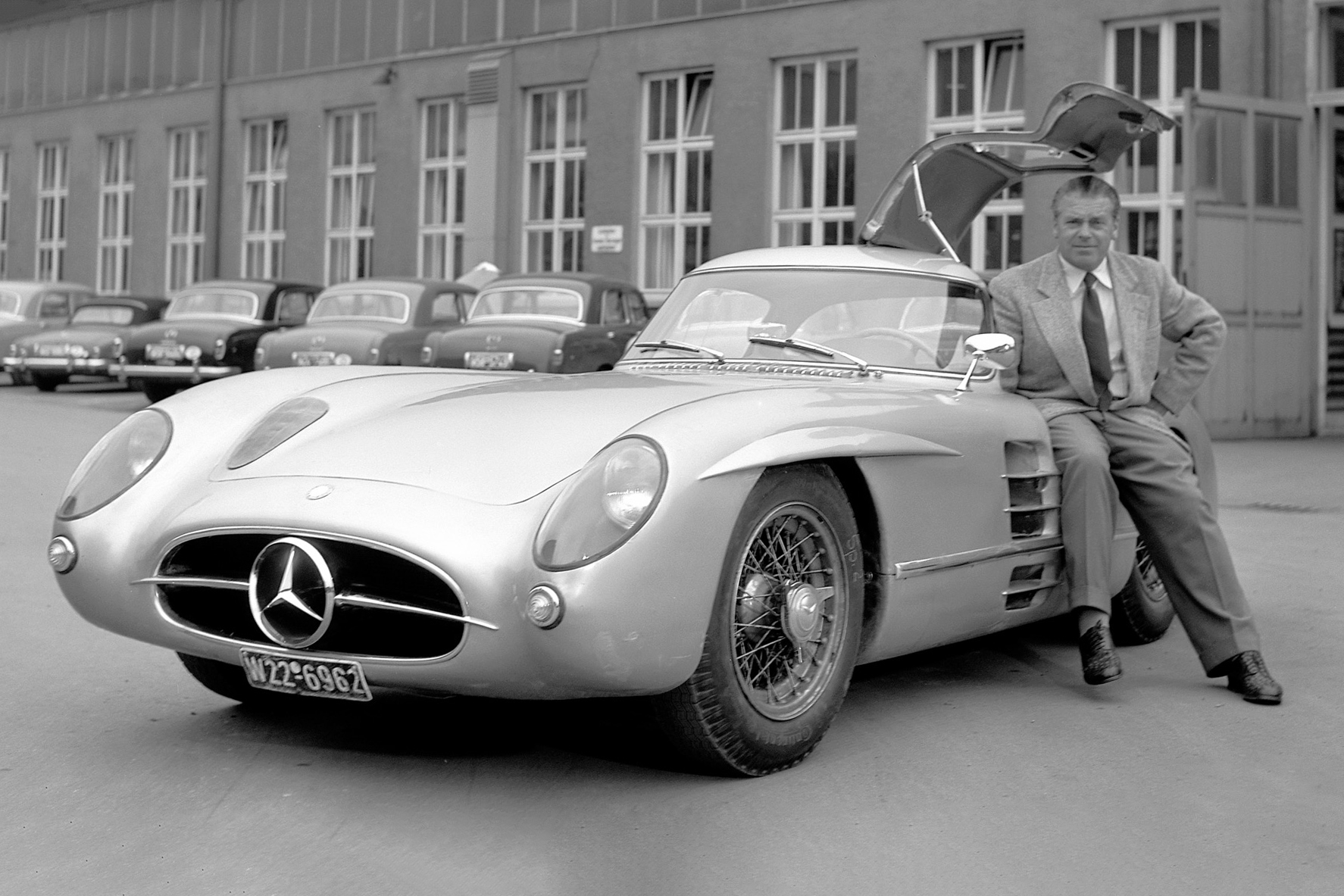
Mercedes-Benz
This serious accident caused the mighty Mercedes to “retire” from the track. After the accident, Daimler-Benz announced its complete withdrawal from racing motorsport and disbanded the racing department. It was not until 1988 that Mercedes re-launched 33 years later. Back to the track. As for the 300 SLR, it has been frozen since then. In addition to the seven racing cars used for competition and training, the street car version that was originally intended to continue the success of the 300 SL Gullwing can only be used for display.
There are only two 300 SLR Coupés in existence, not only adding a gorgeous gull-wing door design, but also using the power configuration of the racing version. The top speed can reach 290km/h, which is the fastest street car in the 1950s. Two cars were used as executive cars for the racing department at the time, hence the name “Uhlenhaut Coupé”, and this auction record is one of them.
1950S: The Golden Age of Automotive Design
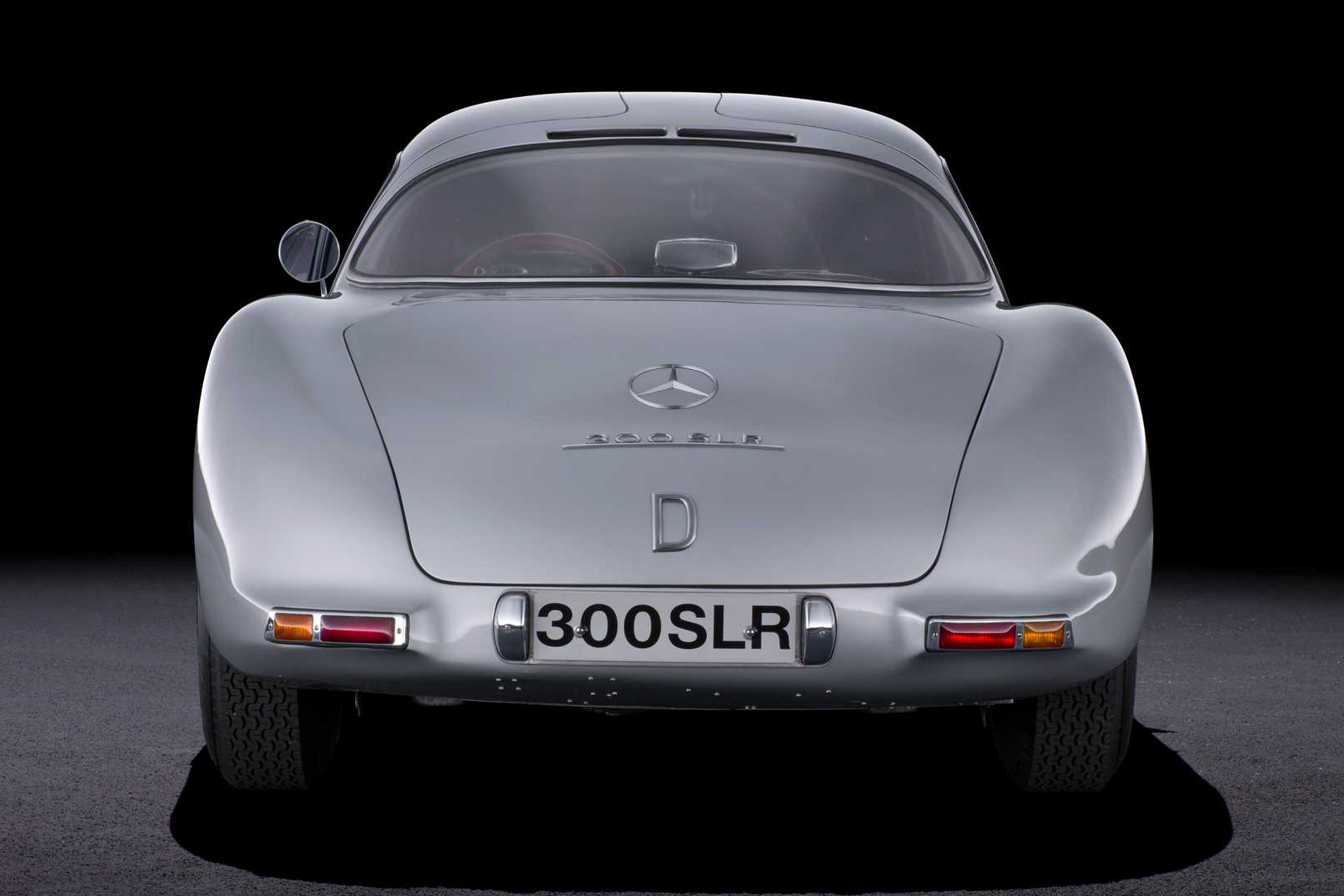
Mercedes-Benz
Hagerty, the antique car agency that first exposed this secret auction, recently published an article analyzing a series of antique cars including Jaguar, Aston Martin and other brands, which may usher in a sharp rise in market value due to this auction, except Not only because of the growing market demand for antique cars, but also because these classic designs born in the 1950s still represent the “golden age” of car design.

Ford FX Atmos Concept (1954)Ford
Looking back on history, the great powers launched a new round of “competition” in space after World War II. Designers in various fields also began to develop a series of romantic imaginations around their curiosity about space. The concept of “Space Age” was born. The same is true for the field. Rapid advances in jet aircraft and aerospace technology have inspired a number of radically shaped concept cars that still feel ahead of their time.
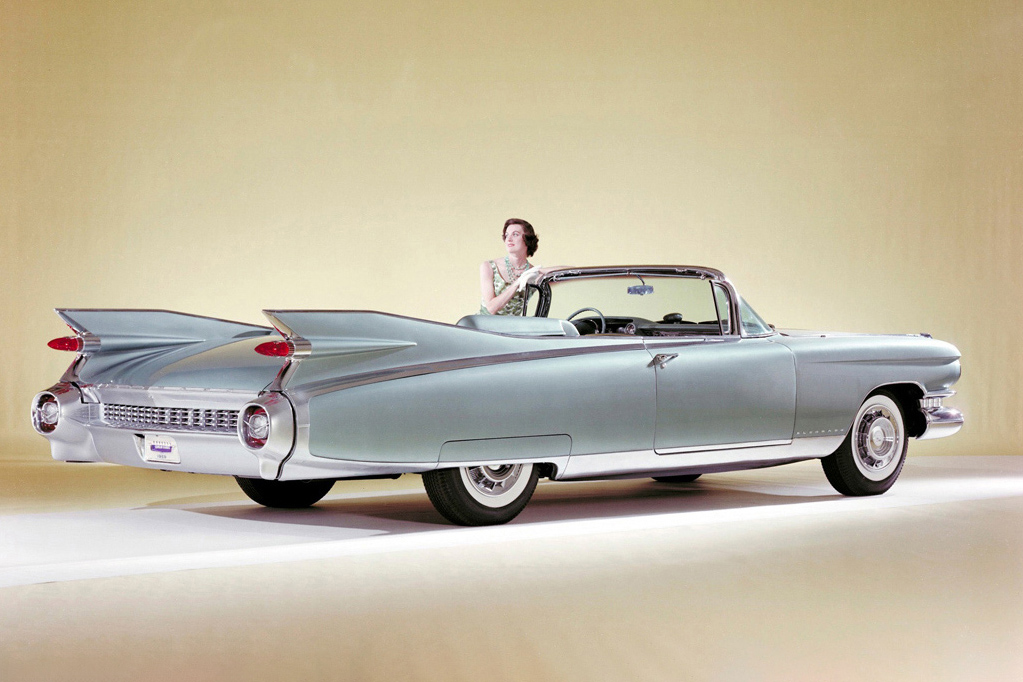
Cadillac Eldorado (1959)Cadillac
In terms of mass production design other than concept cars, American cars at that time generally adopted the design of elongated and widened body and “Tailfin” vertical rear wing. At the same time, colorful car paint and shiny “chrome” details have gradually become Logo element for American car. In that era, an American car represented the American dream of LOHAS.
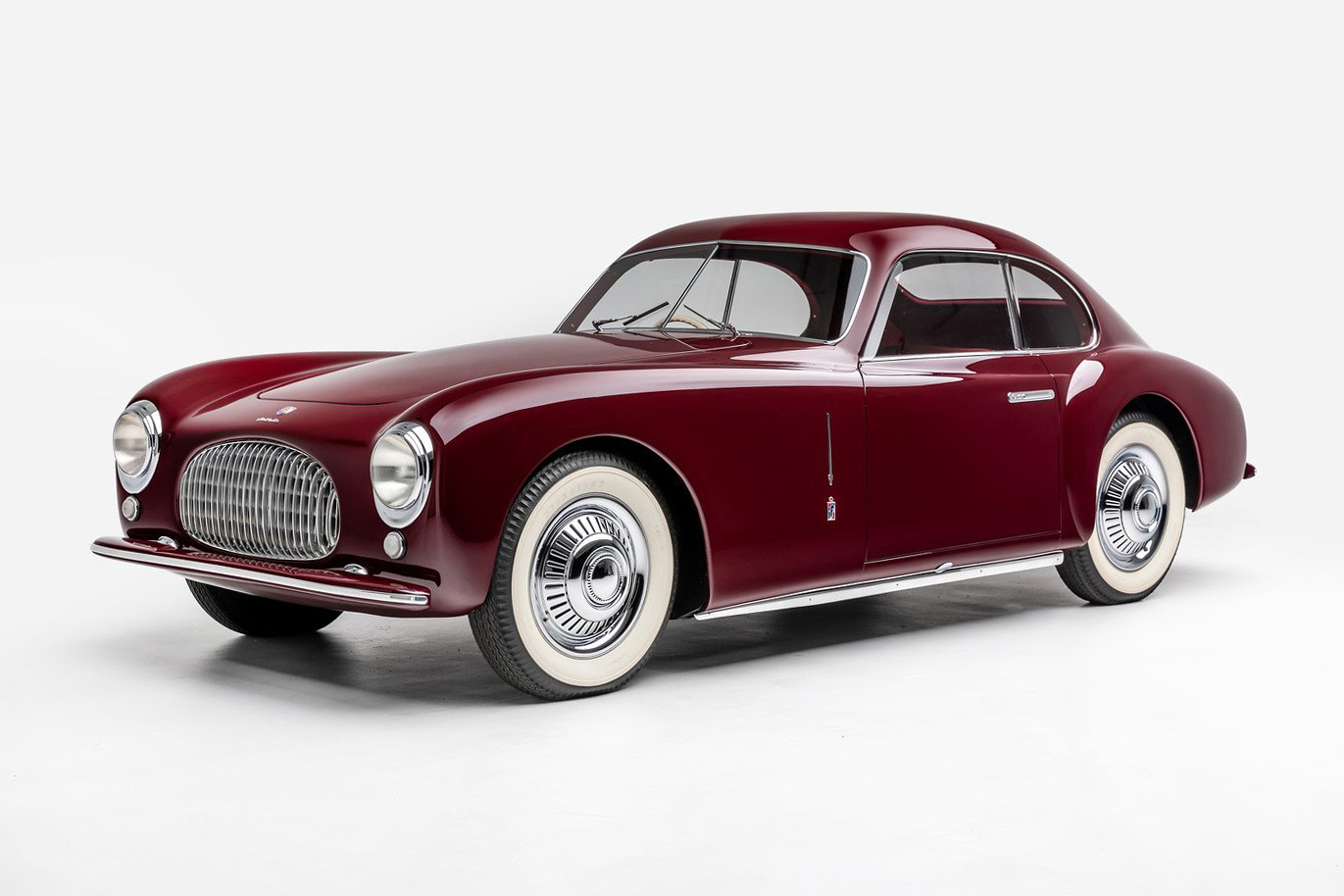
Cisitalia 202Petersen
In contrast, European car manufacturers represented by the United Kingdom, Germany and Italy chose another path. Influenced by the “Ponton” design style that established the modern car shape, European cars are generally small and exquisite, and adopt smooth body lines and overall appearance. The style of the fender, so the integrity of the vehicle is extremely strong, becoming synonymous with retro and elegant.
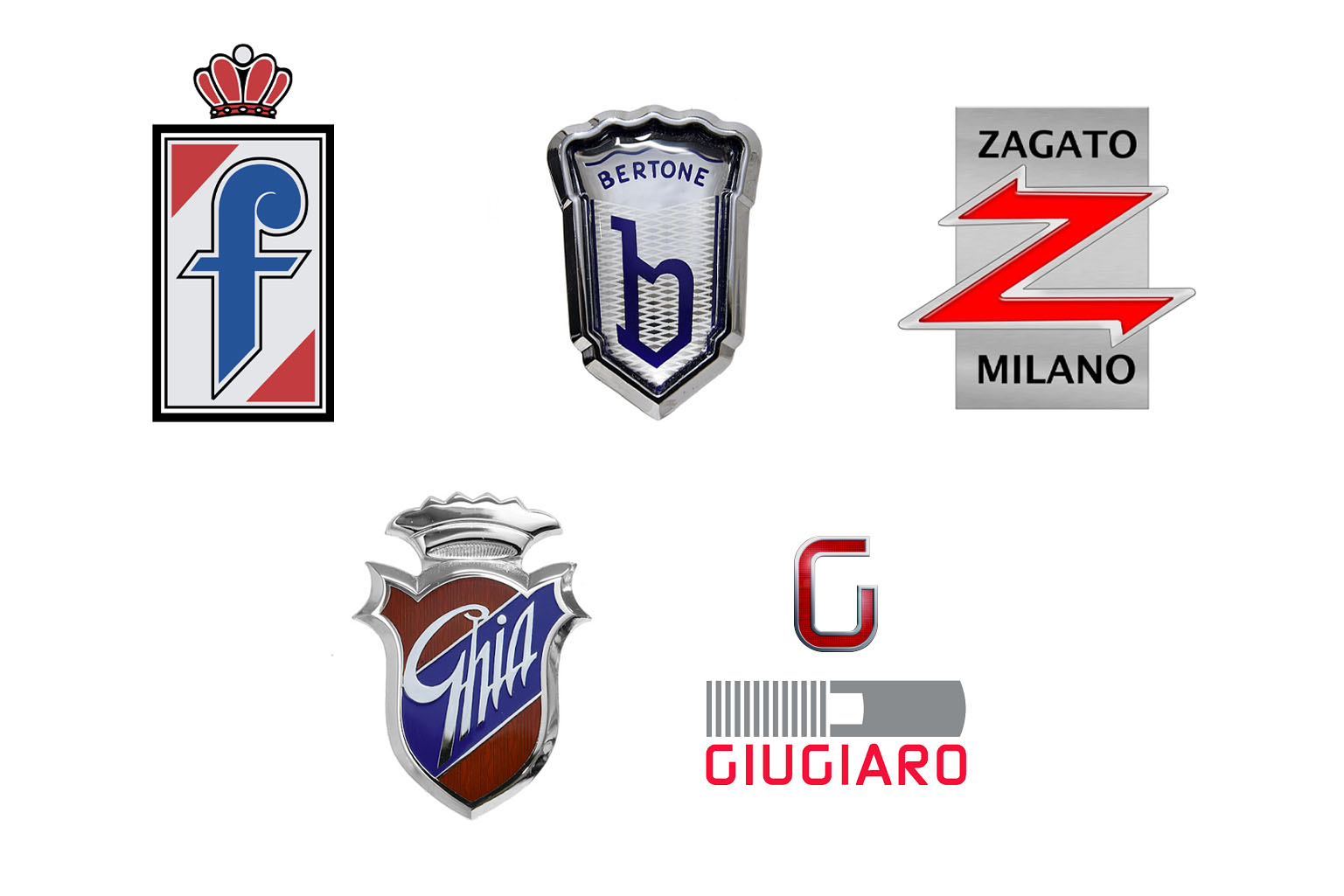
Top 5 Italian Design CompaniesHypebeast
At that time, the “discourse power” of European car design was actually in the hands of several famous Italian designers and design companies. Many classic models were produced by them, including Barttista Farina’s Pininfarina, Nucc Bertone’s Bertone, Ugo Zagato Zagato, Carrozzeria Ghia of the Chia brothers, and Italdesign Giugiaro led by Qugetto Giugiaro in the 1960s, and Cisitalia 202 designed by Pininfarina, are regarded as “the first modern car”.
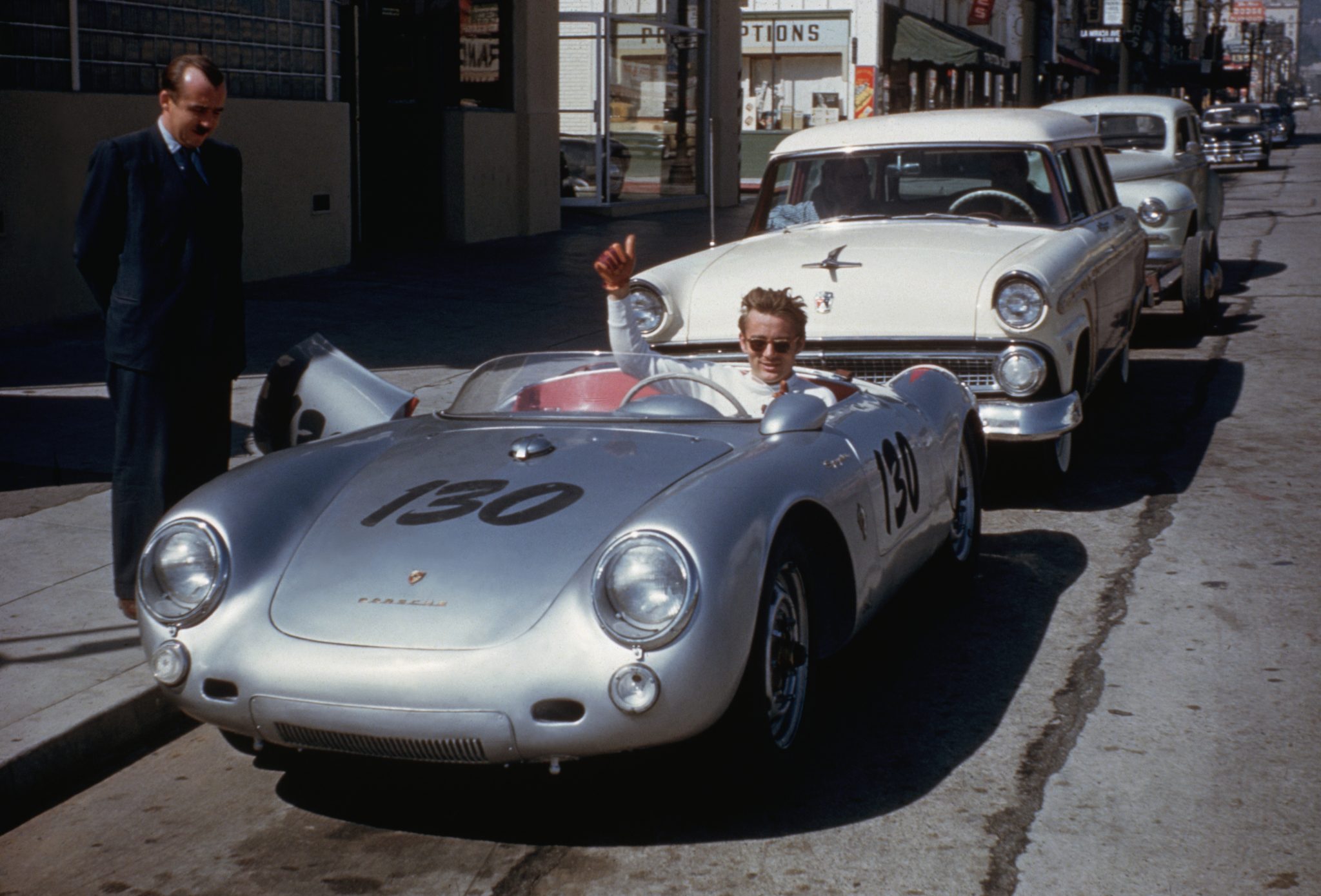
James Dean & Porsche 550Getty Images
It is worth mentioning that in the 1950s, the boundaries between racing cars and street cars were blurred, and many European car manufacturers became obsessed with reducing the weight of the car and improving the aerodynamic performance of the vehicle. The low, straight hood and smooth rear lines were its hallmarks, and its influence on car design continued into the 1970s.
Let’s take a look back at 5 classic racing car designs born in the 1950s. They are not only regulars on various “most beautiful sports car” lists, but also the top car collections with the most transaction value today.
1957 Ferrari 335 Sport Scaglietti
Auction record: $35.7 million (2016)
As a high-priced antique car maker, Farrari occupies three of the top five “world‘s most expensive cars”. In addition to two 250 GTOs born in the 1960s, the other is the 335 Sport Scaglietti born in the 1950s. It sold for $35.7 million in 2016. As a racing car, Farrari only produced 4 335 Ss that year. Similar to the 300 SLR, in the first Mille Miglia race after its launch, the 335 S suddenly suffered a puncture accident and crashed into the roadside at high speed. Among the audience, more than a dozen people, including two drivers, were killed. Even so, the 335 S still represents Farrari’s most daring power innovation in the 1950s. The powerful 4.0L V12 engine brought it a maximum power of 396 hp and a top speed of 300km/h. Cars with an average lap speed of over 200km/h.
1956 Aston Martin DBR1
Auction record: $22.5 million (2017)
Aston Martin, the representative of British luxury cars, launched the legendary DBR1/1 in 1956 to participate in major events, and won the 1000km Nurburgring Endurance Race and Le Mans Endurance Race in 1959. No matter its design or record, it was a British car at that time. ‘s pinnacle. Only five DBR1s were ever produced, making it the rarest Aston Martin ever produced. At an auction in 2017, the DBR1 sold for $22.5 million, making it the most expensive British car ever sold. In addition, Aston Martin launched a sports car series under the name of DB in the 1950s, which was also successful. In the following half century, a series of classic designs such as DB4GT, DB5, DB7 Vantage and DB11 were born, becoming “007” and British synonymous with sports car.
1954 Jaguar D-Type
Auction record: $21.78 million (2016)
The 1950s was also a glorious era for British luxury car manufacturer Jaguar, starting with the XK120, the first sports car launched after World War II, to the C-Type and D-Type of Le Mans, and then to the follow-up “The Most Beautiful Jaguar Sports Car”. “The E-Type was the most successful sports car design of that era. Among them, the D-Type, which debuted in 1954, is the most representative. Under the impetus of designer Malcolm Sayer, the car made a breakthrough in the use of a monocoque structure without girder, combined with the aerodynamic round aviation aluminum alloy body. , and an aircraft-like vertical tail design that helped it win three consecutive Le Mans endurance races between 1955 and 1957. The D-Type also set the most expensive Jaguar auction record at $21.78 million in 2016.
1955 Porsche 550 Spyder
Auction record: $6.1 million (2016)
Before the birth of the brand’s most classic sports car, the 911, in the 1950s, Porsche had launched two sports cars, the 356 and 550. Among them, the 550 Spyder was Porsche’s first sports car designed for racing. Its sleek, streamlined frame without a roof is a classic. Despite its small size, the 550 has won numerous battles with its superior performance, earning it the codename “Giant Killer”. Only 90 550 Spyders were produced that year, the most famous of which was the “Little Bastard” of legendary movie star James Dean, who was only 24 years old in the accident that killed him in 1955. I was driving a 550 Spyder I just bought. And at an auction in May this year, a 550 Spyder just sold for $4.185 million.
1955 Maserati 300S
Auction record: $6.1 million (2013)
Although it has been away from the track for a long time, the “track factor” has always been rooted in Maserati’s genes. The 300S, which was born in 1955, represents a glorious racing history of the brand. Between 1955 and 1959, Maserati built a total of 27 300Ss. The body lines were elegant and smooth, the huge front air intake was engraved with the “Trident” Logo, and the rear shape also adopted a full aerodynamic design. After winning the Venezuelan Grand Prix with legendary driver Juan Manuel Fangio in 1955, the car won the Targa Florio and the 1,000km Nurburgring the following year, witnessing Maserati’s glory on the circuit Era.
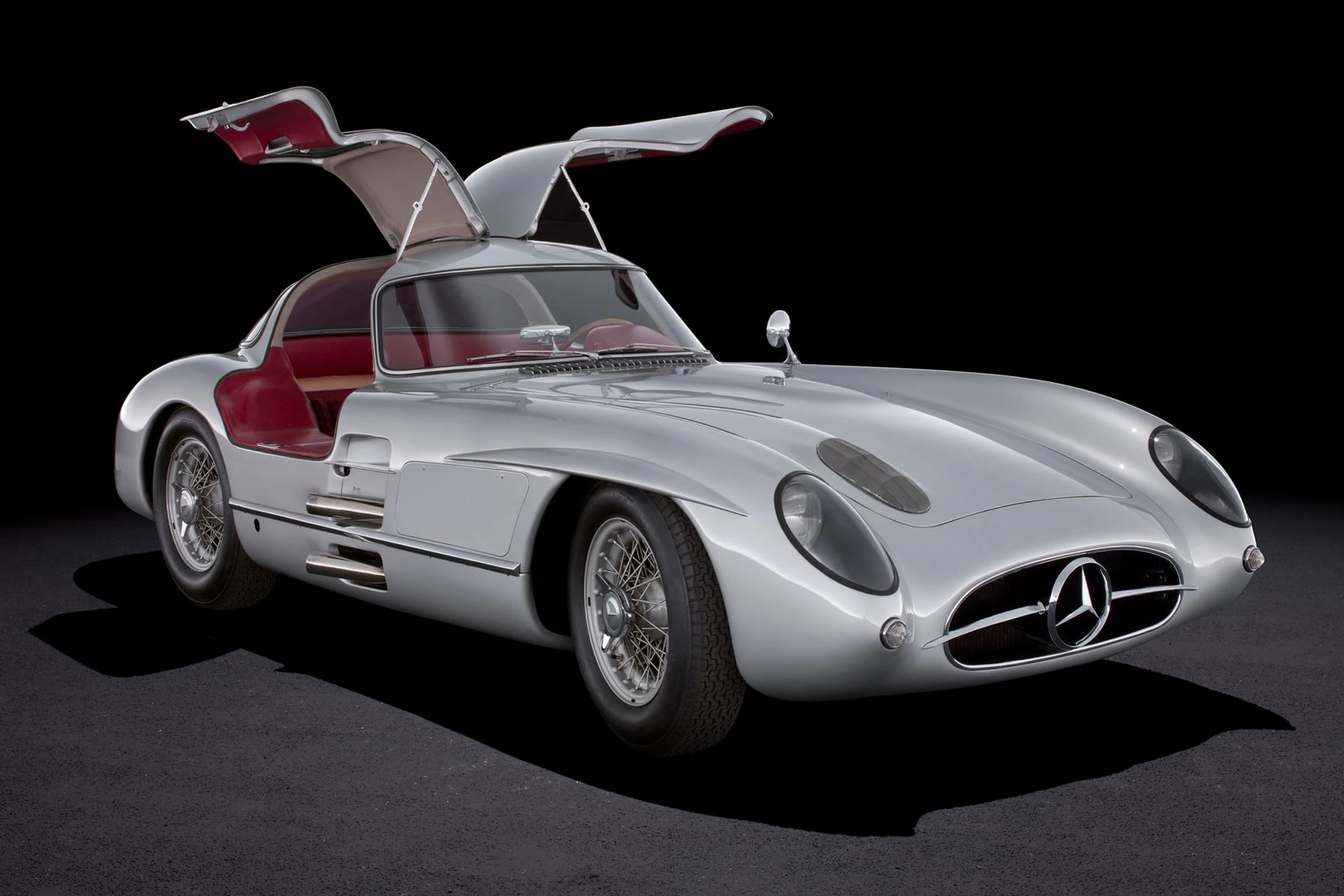
Mercedes-Benz
Looking back at the history of automobile development in the past century, the body design has undergone several subversive reforms. From the early carriage-style body, to the Ponton style that laid the foundation for modern car design, to the electric car that is flourishing today, every era has its own own car aesthetics. Perhaps Mercedes-Benz will enjoy the halo of “the most expensive car in history” for a long time in the future, but if there is a car that can challenge the status of the 300 SLR Coupé in the future, these nostalgic “post-50s” will undoubtedly be the most powerful competitor.

